Latest: Issue 24

Each issue of 25 is made possible with the generous support of specialty coffee businesses who support the activities of the Specialty Coffee Association through its underwriting and sponsorship programs. Learn more about our underwriters here.
Looking for the print edition? SCA members can opt-in to their complimentary subscription in the new SCA portal.
JENN RUGOLO, Specialty Coffee Association Innovation Officer, shares early insights from a project exploring the possibility of building a common language around green coffee identity.
Green coffee sales representative and author KOSTA KALLIVROUSIS offers insights and new marketing strategies that engage “digital natives,” the postmillennial generation that is evolving the relationship between brands and consumers.
The SCA’s Publications Manager, LAUREL CARMICHAEL, introduces a Coffee Science Foundation research project on the sensory impact of physical defects in green coffee, undertaken at the Coffee Excellence Center at the Zurich University of Applied Sciences.
Scholar and PhD candidate JORDAN BUCHANAN shares their research into the rise of the specialty café scene in Puebla state, Mexico, focusing on the journey and testimony of coffee-shop owners.
Communications expert and researcher DANIEL MURAGA shares insights into Kenya’s domestic specialty coffee consumption, tracing how migration, economic shifts, and urbanization have fueled a dynamic local café and roasting scene, blurring the distinction between “producing country” and “consuming country.”
Writer and anthropologist ALEXA ROMANO and researcher and strategist VERA ESPÍNDOLA RAFAEL draw on two intentional dialogues, held at the Women-Powered Coffee Summit in 2024, to look at the value of dialogue to understand the needs and realities of coffee producers, particularly women.
En la Women Powered Coffee Summit 2024 (WPCS) se llevaron a cabo dos diálogos que la escritora y antropóloga ALEXA ROMANO y la investigadora y estratega VERA ESPÍNDOLA RAFAEL retoman para reflexionar sobre el valor del diálogo en la comprensión de las realidades y necesidades de los productores de café, en particular de las mujeres.
Get the latest of 25’s longform writing, delivered directly to your inbox.
Subscribe to the 25 Newsletter >>
Previous Issues:
Issue 23

Each issue of 25 is made possible with the generous support of specialty coffee businesses who support the activities of the Specialty Coffee Association through its underwriting and sponsorship programs. Learn more about our underwriters here.
Looking for the print edition? SCA members can opt-in to their complimentary subscription in the new SCA portal.
ANDRÉS MONTENEGRO, SCA Sustainability Director, provides an update on how the Sustainability Awards are evolving.
LUCAS TEIXEIRA shares the results of a study that used eye-tracking technology and mathematical modeling to explore how visual attention to specialty coffee labels influences consumer choices.
GUSTAVO PEÑA and JHON JAIRO VEGA DÍAZ share the results of a study with 52 smallholder farmers in Tolima, Colombia, exploring the challenges they encounter in accessing market information.
For her Master of Science in Climate Change and Development, MARÍA PAZ LOBO spent time in the coffee region of Amazonas, Peru, researching how the EUDR has and could change farmer livelihoods. She shares key findings from her dissertation.
Para su Maestría Cambio Climático y Desarrollo, MARÍA PAZ LOBO estuvo un tiempo en el Departamento de Amazonas, Perú, investigando acerca de cómo el EUDR ya está impactando la vida de familias productores de café y potencialmente lo seguirá haciendo a futuro.
Dr. ERIKA KOSS discusses her PhD research that focuses on the experiences of women coffee farmers in Kenya, and a problem she names as the Gendered Coffee Paradox.
Co-founder of Cxffeeblack, BARTHOLOMEW JONES shares how we can use the method of sampling and the framework of Afrofuturism to reconnect to coffee’s Roots.
Issue 22

Each issue of 25 is made possible with the generous support of specialty coffee businesses who support the activities of the Specialty Coffee Association through its underwriting and sponsorship programs. Learn more about our underwriters here.
Looking for the print edition? SCA members can opt-in to their complimentary subscription in the new SCA portal.
As incoming editor of 25, I’ve seen my first issue as a great reminder that every conversation we have about coffee is a chance to interrogate what we think we know.
LAUREL CARMICHAEL, SCA Publications Manager, provides an update on the CVA, with a focus on its capacity for information-sharing.
For her master's degree, environmental science researcher LORENA PIEDRA CASTILLO set out to model how climate change could affect coffee flavor, in the hope of providing coffee growers with valuable information to develop strategies to ensure the continued availability of high-quality coffee in Veracruz state, Mexico in the future.
Senior Program Manager for Coffee at IDH, the Sustainable Trade Initiative, METTE-MARIE HANSEN shares key insights from the recently published report, The Grounds for Sharing. The report was commissioned by the Global Coffee Platform, IDH, and Solidaridad and traces how value for coffees sold in the German retail sector is created and distributed along supply chains.
EILEEN GORDON-LAITY, Secretary General of the European Coffee Federation, shares what we know (and what we don’t know) about the EU Deforestation Regulation coming into effect in the future.
Researchers Dr. NANCY CORDOBA and Dr. DEVIN PETERSON, joined by PETER GIULIANO, share early results of a multi-year Coffee Science Foundation research project, undertaken at the Flavor Research and Education Center at Ohio State University, to establish foundational knowledge about the phenomenon of sweetness in coffee.
Director of the University of California Davis Coffee Center, Professor WILLIAM RISTENPART shares a summary of a four-year-long project on cold brew.
World Coffee Research’s MAEVE HOLLER and Dr. ROBERT KAWUKI write about how the organization is fast-tracking innovation for robusta to forge the future of coffee.
Issue 21
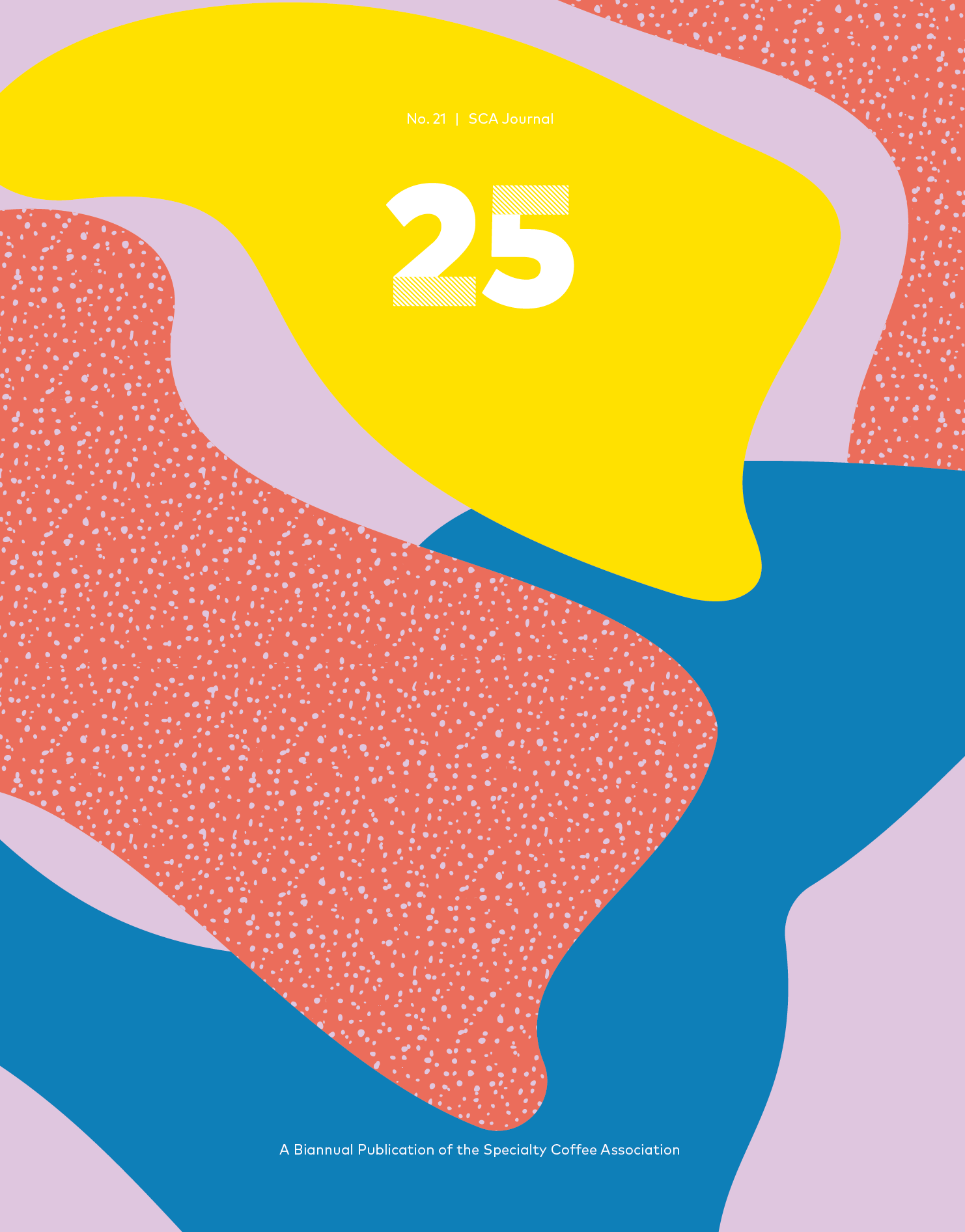
Each issue of 25 is made possible with the generous support of specialty coffee businesses who support the activities of the Specialty Coffee Association through its underwriting and sponsorship programs. Learn more about our underwriters here.
Looking for the print edition? SCA members can opt-in to their complimentary subscription in the new SCA portal.
Despite entering my sixth year of editing 25, I’m (somehow) still astonished at the organic way the editorial team often ends up with some kind of unifying link between all the features despite our best efforts to avoid any “theming” at the start of each cycle.
MARY BASCO, SCA Research and Knowledge Development Programs Manager, outlines the Coffee Science Foundation’s 2024-2025 Research Agenda and outlines which research projects are on the horizon.
Commodity market analyst JUDY GANES explains the Intercontinental Exchange grading process and considers how recent changes to this practice, which results in exchange-certified coffee and impacts levels of “certified stock,” are likely to impact C market dynamics.
SCA Sustainability Director, ANDRÉS MONTENEGRO, writes an “after action review” on the SCA’s Equitable Value Distribution Survey tool, offering insights into its process, highlighting key elements from its results, and providing early insights into how these results will impact the SCA’s Sustainable Coffee Agenda.
University of California Davis Coffee Center scientists LAUDIA ANOKYE-BEMPAH, IRWIN R. DONIS-GONZÁLEZ, and WILLIAM D. RISTENPART describe research undertaken in 2023 with a goal of developing new roast color standards for the coffee industry.
Drs. JOSHUA MÉNDEZ HARPER and CHRISTOPHER H. HENDON discuss the chemistry and physics behind the electrification of coffee during grinding, its effect on extraction, and strategies to mitigate it. All images are adapted from their recent academic publication “Moisture-Controlled Triboelectrification During Coffee Grinding,” published in Matter.
Corresponding author MATEUS MANFRIN ARTÊNCIO shares the findings of a recent paper, “The Impact of Coffee Origin Information on Sensory and Hedonic Judgment of Fine Amazonian Robusta Coffee,” published in the Journal of Sensory Studies, confirming the significant influence of origin information on the sensory perception of professional coffee tasters.
ALEXA ROMANO explores the emergence of specialty coffee culture as an embedded subculture within the broader coffee industry, and how the resulting shift from passive to active consumption asks us to rethink the consumer’s role in value creation and distribution.
Issue 20
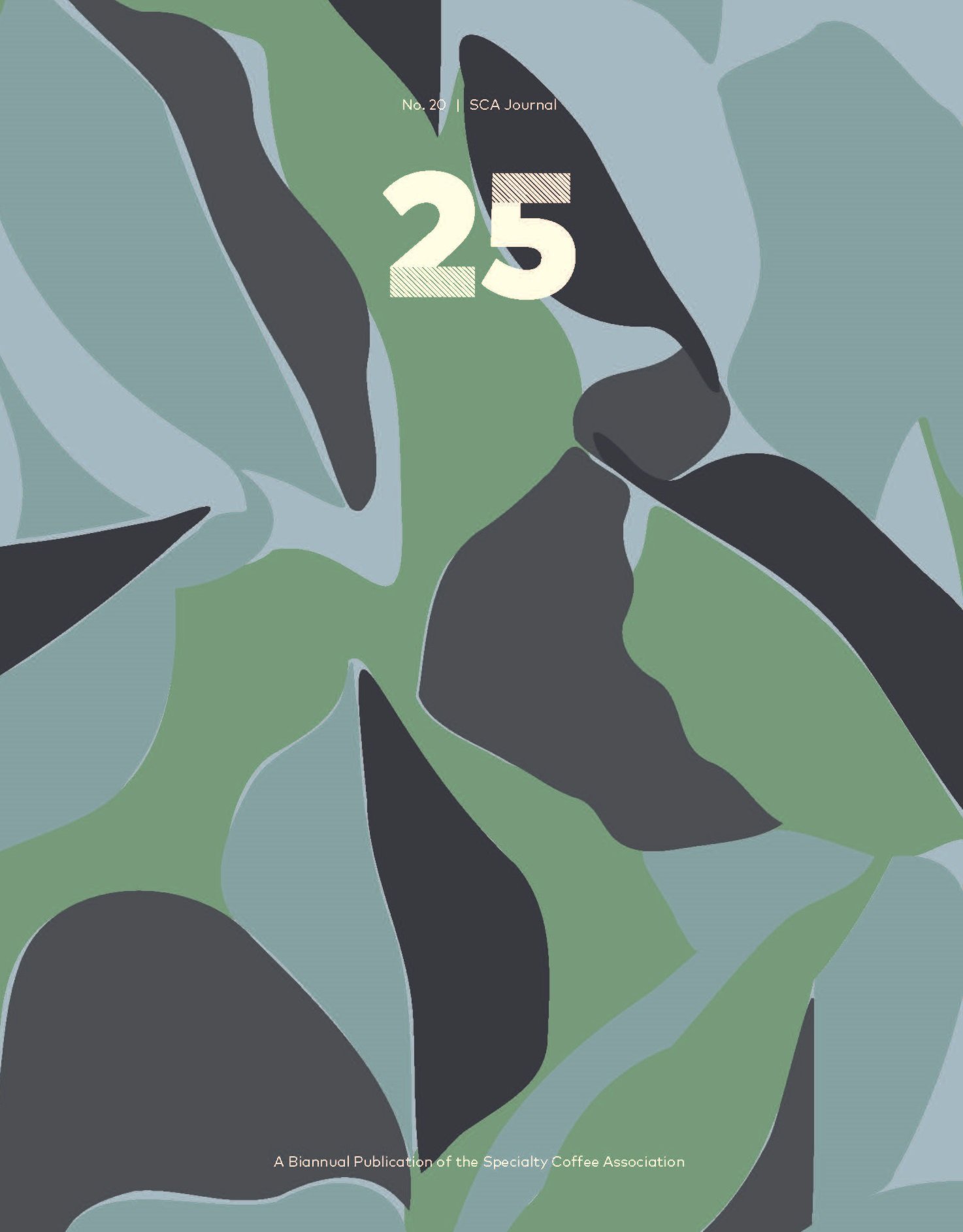
Each issue of 25 is made possible with the generous support of specialty coffee businesses who support the activities of the Specialty Coffee Association through its underwriting and sponsorship programs. Learn more about our underwriters here.
Looking for the print edition? SCA members can opt-in to their complimentary subscription in the new SCA portal.
If you’ve been following along with the SCA’s project to evolve the 2004 cupping system into a Coffee Value Assessment, there’s a good chance you’re already aware of the importance of extrinsic, or symbolic, attributes.
The Specialty Coffee Association is the world’s largest coffee membership association, with a sustainability-driven purpose deeply ingrained in its structure as a non-profit trade organization: to make coffee better.
SARAH CHARLES, writer, Communications Officer at the International Trade Centre, and author of a recent dissertation on mandatory supply chain due diligence, outlines the history, opportunities, and challenges of regulatory sustainability approaches while offering a path forward for coffee businesses grappling with the shift from a voluntary to a regulatory approach.
Neuroscientist Dr. FABIANA CARVALHO shares the recent results of a Coffee Science Foundation study, supported by Savor Brands Inc., to understand how packaging color influences consumer behavior.
Economists DAVIDE DEL PRETE and ROCCO MACCHIAVELLO recently completed a literature review of sustainability interventions for the Coffee Science Foundation; here, with PETER GIULIANO, they summarize its findings.
Cognitive psychologist BENTE KLEIN HAZEBROEK and language professor ILJA CROIJMANS explore the role and construction of coffee’s linguistic descriptions—those flavor notes and descriptions across coffee packaging and websites!—in a consumer’s willingness to pay.
NOA BERGER explores how the “field” of coffee was inspired by (and inspires) related industries like fine wine, cacao, and—more recently—vanilla, and queries its impacts.
Issue 19

Each issue of 25 is made possible with the generous support of specialty coffee businesses who support the activities of the Specialty Coffee Association through its underwriting and sponsorship programs. Learn more about our underwriters here.
Looking for the print edition? SCA members can opt-in to their complimentary subscription in the new SCA portal.
We’re never entirely sure what the future holds, but the past few years have made it feel particularly unpredictable.
The Specialty Coffee Association is the world’s largest coffee membership association, with a sustainability-driven purpose deeply ingrained in its structure as a non-profit trade organization: to make coffee better.
Anthropology Professor EDWARD F. FISCHER, author of Making Better Coffee: How Maya Farmers and Third- Wave Tastemakers Create Value, explains the different types of value, ways of determining worth, and how we create economic value by drawing on other sorts of values (moral, social, political, and other cultural values) through the lens of his fieldwork in Guatemala.
Anthropologist SARAH BESKY, PhD considers the relationship between tea’s sensory lexicon and ideas of quality across tea’s colonial history and current-day trading practices, highlighting that quality is far from an objective measure—and that it must be constantly reproduced in practice, including how we choose and use words to adjudicate quality over time.
CHERYL HUNG, lead researcher for the NCA's National Coffee Data Trends studies, traces the impact of the pandemic on coffee consumption in the US and Canada, highlights the collective urge to reconnect, and calls for the coffee community to focus on marketing the emotional benefits and the “softer” aspects of America’s favorite morning beverage.
Lead author Dr. MACKENZIE BATALI shares the results of a controlled and systematic study exploring the impact of the cold brew process on the sensory profile of the beverage it produces, recently published in MDPI’s open access journal, Foods.
Corresponding author HELEN VAIKMA shares the results of a study market mapping the sensory attributes of five different categories of plant-based beverages.
VAUGHN TAN highlights where uncertainty (which is not the same thing as risk) exists within specialty coffee’s supply chain, and questions whether the industry’s previous emphasis on the “direct” in “direct trade,” combined with a drive to rebuild leaner coffee supply chains, has had unintended side effects.
Issue 18
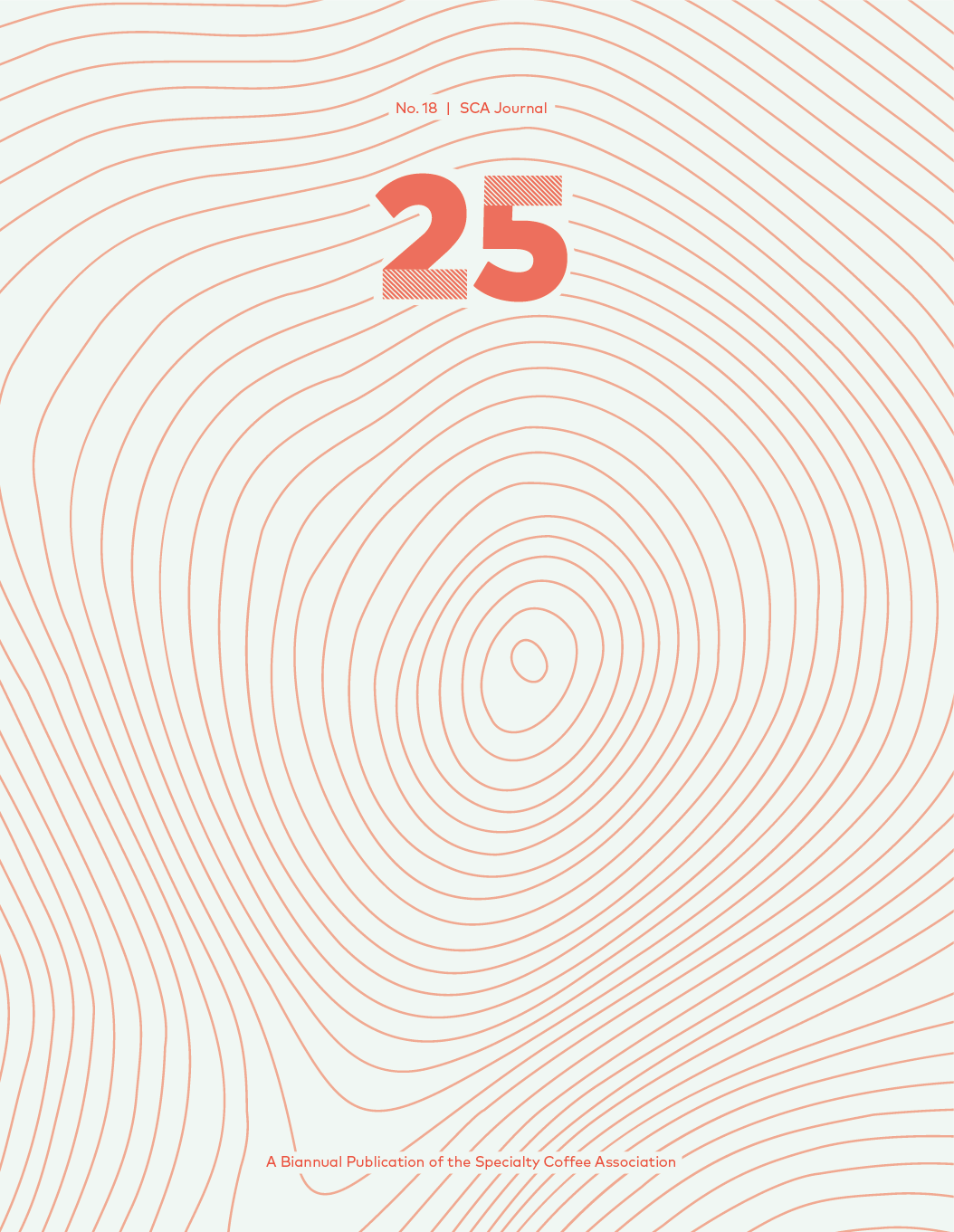
Both the print edition and the availability of these features across sca.coffee/25 wouldn’t have been possible without our generous underwriting sponsors. Learn more about our underwriters here.
Looking for the print edition? SCA members can opt-in to their complimentary subscription in the Member Assets area.
On a very basic level, we all know that our present actions are the seeds of our future—but it can be easy to forget the exact steps you took to get to where you are, unless you deliberately stop to mentally retrace them.
Today’s SCA Cupping Protocol and the SCA Cupping Form are among the most used tools of the coffee industry, applied daily by thousands of people around the world, serving actors across coffee’s vast and complex value-generating system.
Originating in the early 2000s as an acronym to capture non-financial areas connected to business performance, the term ESG—short for “environmental, social, and governance”—has become significantly more visible over time. While the term now appears in mainstream outlets more often than it did a decade ago, many people are still unclear on what it really means, how it differs from or aligns with sustainability, and its potential relevance for their own organizations. KELLEM EMANUELE offers an ESG primer tailored for the coffee industry.
The word “sustainability” is everywhere, but do we really know—or agree on—what it means? Professor SARAH GRANT explains why, despite its difficulty, understanding “sustainability” as a framework is a worthwhile endeavor, especially in understanding culturally relative perspectives and the power relations inherent in the promotion of sustainable coffee.
Dr. JORGE BERNY and Dr. MARIO FERNÁNDEZ-ALDUENDA share initial results of a collaborative study examining how cuppers cup and exploring the potential impacts of a proposed component of the reengineered cupping protocol.
Professors CARLOS CARPIO, PhD and LUIS SANDOVAL, PhD worked with BRENDA MAMANI, MSc to ask: what are the living wages in El Salvador and Honduras, and how would current total costs and profitability of coffee production be affected if farmworkers were paid living wages?
Assistant Professor CHRISTOPHER H. HENDON shares the theory underpinning an ongoing Coffee Science Foundation research project, supported by Simonelli Group, toward deepening our understanding of espresso extraction.
Corresponding author MATEUS MANFRIN ARTÊNCIO shares the findings of a recent paper, “A Cup of Black Coffee with GI, please! Evidence of Geographical Indication Influence on a Coffee Tasting Experiment,” published in Physiology & Behavior, confirming the significant influence an extrinsic attribute like a geographical indication has on consumers’ tasting.
Issue 17
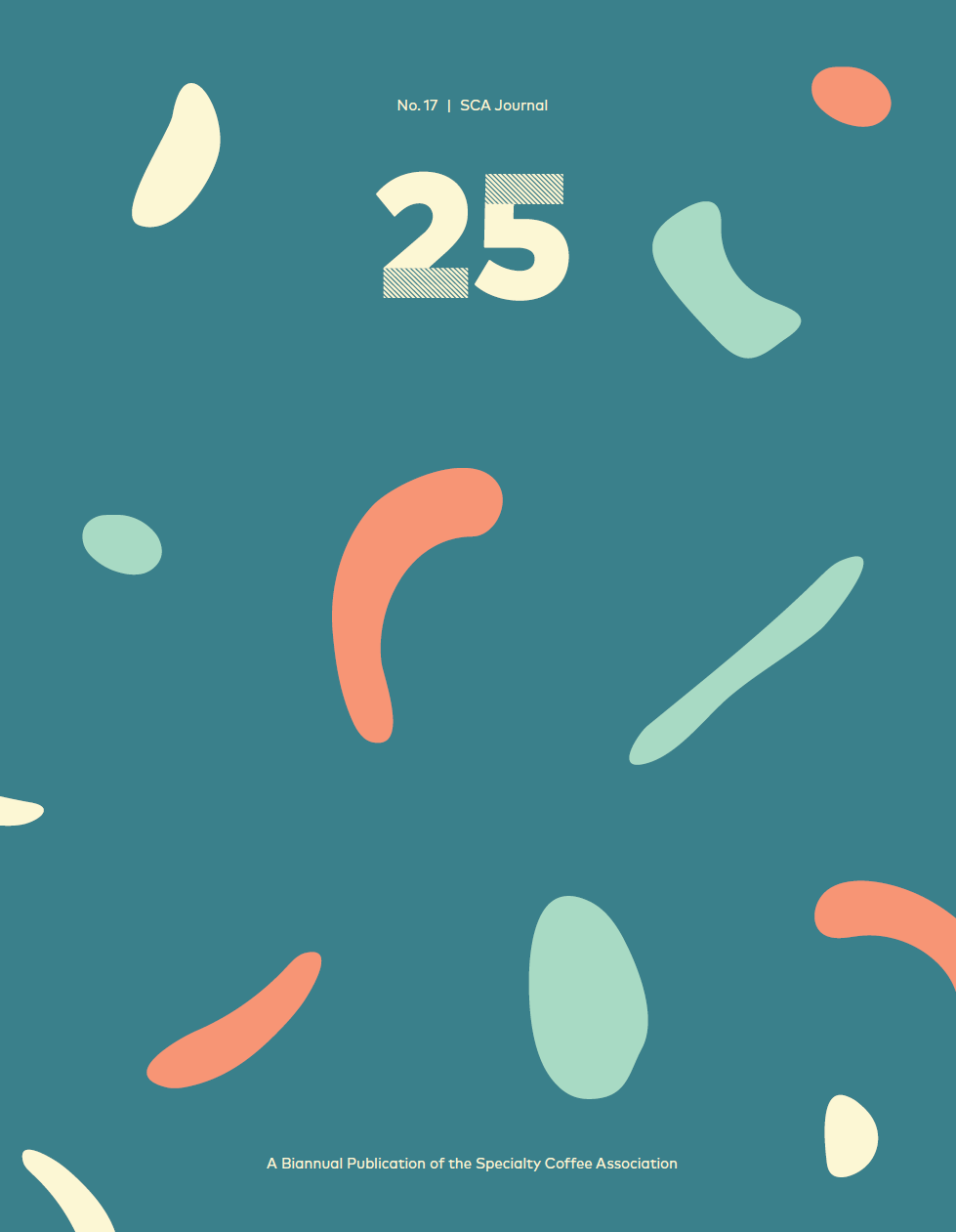
Both the print edition and the availability of these features across sca.coffee/25 wouldn’t have been possible without our generous underwriting sponsors for this issue: Tempesta Barista Attitude, BWT water+more, and TODDY. Thank you so much for your support! Learn more about our underwriters here.
Looking for the print edition? SCA members can opt-in to their complimentary subscription in the Member Assets area.
Issue 17 may feel like an odd milestone for a publication named 25, but it coincides with our rapidly approaching fifth anniversary, both as a publication and as a unified organization.
Our industry is characterized by creative, free spirits, passionate about expressing themselves through coffee—which is why the word “standard” is not always well received. Dr. MARIO FERNANDEZ-ALDUENDA explains the checks and balances of the SCA’s new standards development system.
Corresponding author Dr. SELENA AHMED outlines the findings of a systematic review of research conducted to better understand climate change’s impact on coffee quality, what prompted the review, and what we need to research next.
Origin stories do more than add color to your cup: these extrinsic attributes are an integral part of determining the price we pay (and that farmers earn) for coffee. NAMISHA PARTHASARATHY explores the history, challenges, and opportunities of specialty coffee in India.
Lead author SARA YEAGER shares the findings of a recently published paper, “Roast Level and Brew Temperature Significantly Affect the Color of Brewed Coffee,” published in the Journal of Food Science, exploring how coffee beverage color varies with origin, roast level, and brew temperature.
Lead Author JIEXIN LIANG shares findings of a recent paper, “An Equilibrium Desorption Model for Strength and Extraction Yield of Full Immersion Brewed Coffee,” published in Scientific Reports, that outlines a predictive model for the equilibrium strength and extraction of “full immersion brewed coffee” (cupping) between 80°C and 99°C (176°F and 210°F) and suggests we’re more easily able to control our total dissolved solids (TDS) via brew ratio instead of our extraction yield (E).
Efforts to make coffee’s supply chain more sustainable have resulted in more awareness of the labor it takes to produce coffee, but some parts of the chain remain overlooked. ERIKA KOSS sheds light on the vital human labor that makes it possible for farmers to be paid and for baristas to serve coffee.
Issue 16
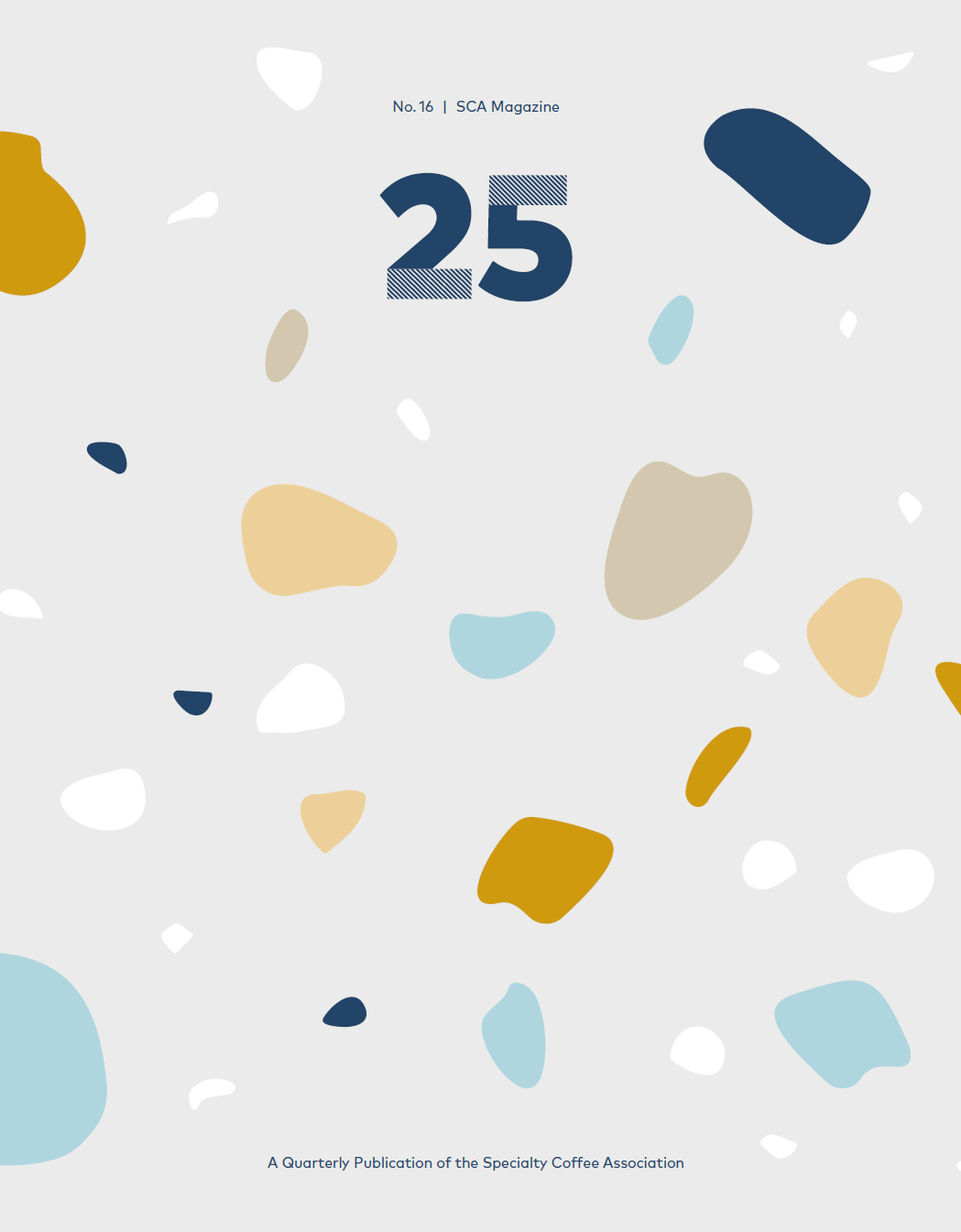
Both the print edition and digital release of these features across sca.coffee/news wouldn’t have been possible without our generous underwriting sponsors for this issue: Pacific Foods, BWT water+more, and Brewista. Thank you so much for your support! Learn more about our underwriters here.
Looking for the print edition? SCA members can opt-in to their complimentary subscription in the Member Assets area.
CECILIA HAE-JIN LEE traces the history of coffee in Korea.
DEOGRACIAS KALIMA explores the complex history and state of coffee growing in Malawi.
Professor CARLOS CARPIO, PhD and KATIE VON DER LIETH share a preview of a forthcoming multidisciplinary Coffee Science Foundation research project on specialty coffee labor dynamics in El Salvador and Honduras.
Lead Author NIZAM ABDU shares the findings of a recent meta-analysis of coffee ecolabeling published in Heliyon, an all-science, open access journal.
JANICA ANDERZÉN and Professor V. ERNESTO MÉNDEZ of the Agroecology and Livelihoods Collaborative at the University of Vermont trace the efforts of a new initiative, the State of the Smallholder Coffee Farmer, and explain what’s needed to take the project beyond this first stage.
MARÍA PAZ LOBO ZELEDÓN explains how the cafecito experience is changing in the Costa Rican capital.
Issue 15

Both the print edition and digital release of these features across sca.coffee/news wouldn’t have been possible without our generous underwriting sponsors for this issue: Pacific Foods, BWT water+more, and Breville. Thank you so much for your support!
Learn more about our underwriters here.
Even the simplest communication requires two parties for a message to truly “transmit”: a sender and a receiver.
Sociolinguist ANDRE JOSEPH THENG explores what the application of semiotic theory—the study of signs and symbols—to specialty coffee spaces can tell us about how we construct and identify them (and at what cost). Photos by NIKKO PASCUA.
Lead author Dr. MACKENZIE BATALI outlines findings from a recently published paper, “Titratable Acidity, Perceived Sourness, and Liking of Acidity in Drip Brewed Coffee,” that illuminate a key specialty coffee flavor attribute.
ANDREW COTTER considers the results of recent scientific publications focused on the impact of coffee’s brewing temperature on consumer preferences of brewed coffee.
ELISA CRISCIONE examines the digitalization in coffee and suggests a shift in the current data collection model that could help it become a tool for more equitable value distribution.
New Orleans is today a thriving coffee city, with a world-class specialty coffee scene. But New Orleans also has a deep history, and its coffee legacy makes it one of the most important places for coffee culture in the world.
Issue 15 sponsor, Pacific Barista Series, shares its approach to developing and delivering community support programs.
Issue 14

We are excited to share this early digital release of Issue 14 to coincide with this month’s Coffee Retail Summit while print issues finish up on press. Both the print edition and digital release of these features across sca.coffee/news wouldn’t have been possible without our generous underwriting sponsors for this issue: Pacific Foods, BWT water+more, and Victoria Arduino. Thank you so much for your support!
Learn more about our underwriters here.
As we trundle into 2021, this second year of pandemic, the conversation has shifted from questions of management to those of recovery.
RAY MWAREYA and NYASHA BHOBO tell the story of Zimbabwe’s coffee collapse and recovery as the country grapples with the legacies of its colonial history.
KATIE VON DER LIETH revisits the findings of the SCA’s COVID-19 Community Impact Survey while exploring the role of “snapshot” surveys in a greater ecosystem of market data.
Researchers Dr. JANINA GRABS and Dr. ELIZABETH A. BENNETT explore profit sharing with suppliers as an innovative way to secure a more just and stable future for coffee growers and, thus, the entire supply chain.
Rabobank’s JIM WATSON, STACIE WAN, SUDIP SINHA, and GUILHERME MORYA share an overview of COVID-19’s impact on the global coffee market.
ERIKA KOSS explores the nuances of the word “empowerment,” the complications of its twenty-first century usage, and why an update to our vocabulary is required.
Once an industrial powerhouse and exemplar of post-war urban modernism, the city of Leicester would eventually lose its place as the jewel in the crown of the United Kingdom’s East Midlands, overtaken by its aesthetically more majestic neighbor Nottingham.
Issue 13
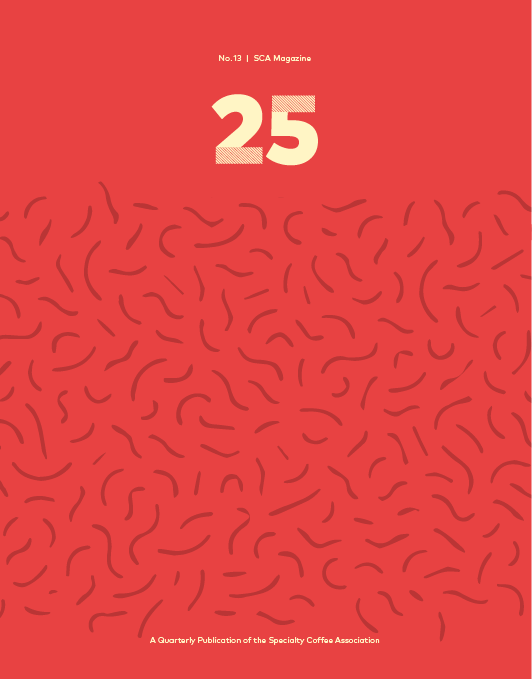
We hope you are as excited as we are about our return with the release of 25, Issue 13. A return to print and the availability of these features across sca.coffee/news wouldn’t have been possible without our generous underwriting sponsors for this issue: Bellwether Coffee, DaVinci Gourmet, and Pacific Foods. Thank you so much for your support!
Learn more about our underwriters here.
In some ways, this issue is all about rebuilding our industry’s foundations.
DAGMAWI I.E. explores the long, obscured history of Ethiopian coffee as told by others, and how owning and changing the narrative can lead it to a more sustainable future.
Postdoctoral scholar SCOTT FROST, PhD candidate MACKENZIE BATALI, Professor JEAN-XAVIER GUINARD, and Professor WILLIAM D. RISTENPART share the results of sensory descriptive experiments at the UC Davis Coffee Center, revealing new trends in brewed coffee that suggest an updated brewing control chart.
LISA ANTOSHAK and EVIE SMITH share the results of an interdisciplinary research project conducted during the summer of 2019 that sought to learn more about the biggest challenges facing coffee producers today.
NICOLE LIN and CHARLEY BIDDLE share their view of the Chinese coffee market, tracing its rise through to the unexpected impacts of 2020’s COVID-19 pandemic.
Professor LOURIVAL CARMO MÔNACO, a geneticist who took part in the coffee journey that identified several coffee varieties we enjoy nearly 60 years later, recalls the mission. As told to JONAS LEME FERRARESSO.
Issue 12
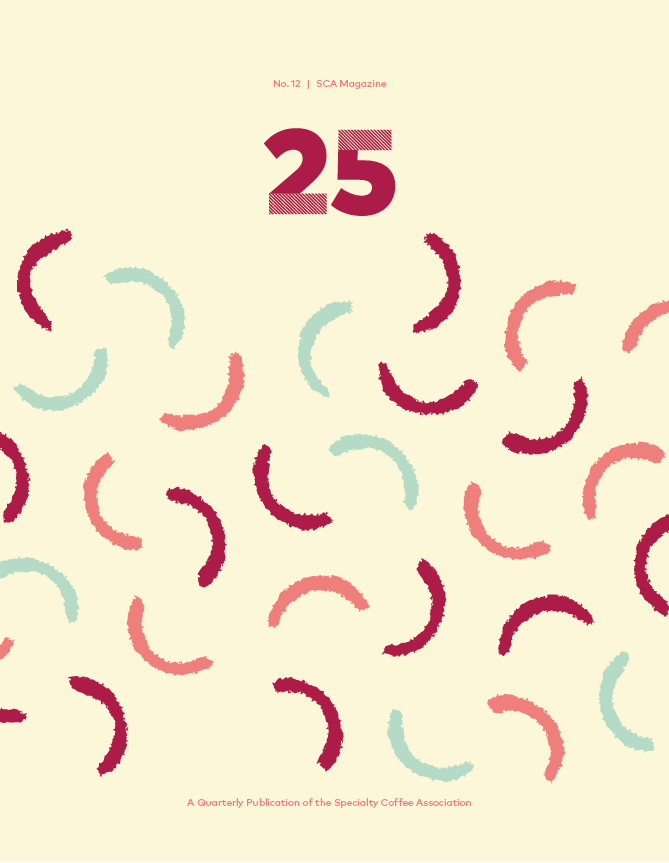
When we first started work on this issue all the way back in October 2019, we never would have imagined where we are now. As the situation has continued to evolve—global lockdowns shuttering the doors of our printer and postal routes as well as necessitating changes to how we prioritize spends as a nonprofit association in the middle of a pandemic—we’re not entirely sure if, or when, this issue will ever make it to print.
We’re excited to release these features digitally for now, months in the making, to showcase the hard work of our authors. And we’d especially like to take this moment to thank the companies who supported this issue of 25: Pacific Foods, Bellwether Coffee, BWT Water + More, Cropster, Wilbur Curtis, iFinca, Pentair, and TONE Swiss.
In this issue, we’re taking a step back and focusing on some big questions that could shape the future of our industry.
Dr. ILJA CROIJMANS explores why the vocabulary we use to describe aromas matters, sharing findings of previous research on the evolution of sensory language from hunter-gathers to wine and coffee professionals.
JENN RUGOLO distils findings of the SCA’s Price Crisis Response (PCR) report and offers some ways we can begin to put some of the report’s recommendations into practice immediately.
Specialty Coffee Association CEO YANNIS APOSTOLOPOULOS shares findings from the recent Coffee Growth Dynamics Report from Euromonitor International.
We know that high-quality coffee comes at a cost, but what are the unseen costs of selling that coffee with a story? EVER MEISTER asks herself this question every day—and now she’s asking all of us.
NOA BERGER explores some of the different ways packaging helps to construct different types of authenticity.
Sitting at the crossroads between Scandinavia and the Baltics, Helsinki has this wonderfully Finnish feeling about it while remaining accessible, vibrant, and dynamic.
“An update on the status of coffee vocabulary is very much called for,” wrote Ilja. And so, when presenting this work at Sensory Summit in Zurich—complete with wine and coffee samples—Ilja also collected data.
Issue 11
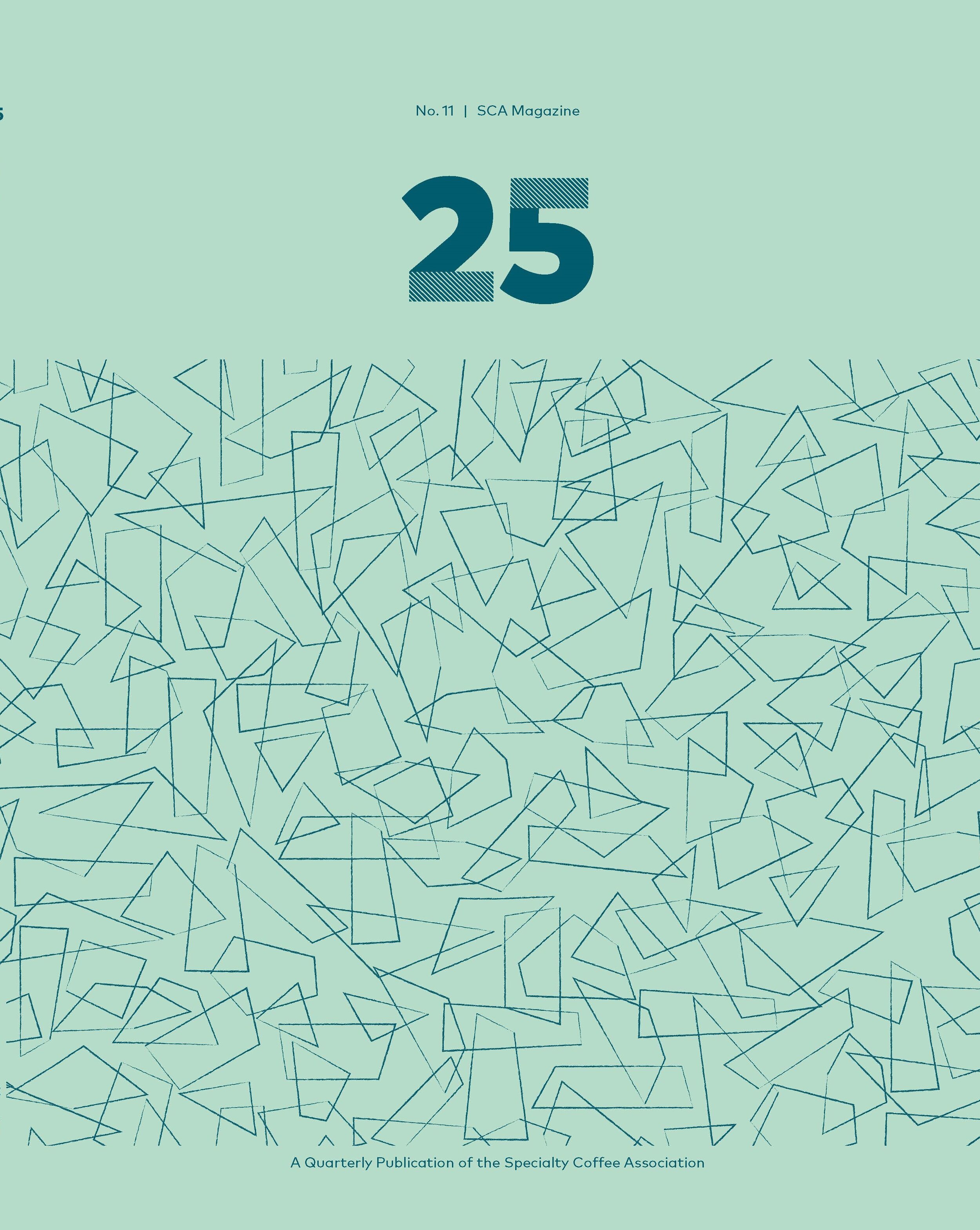
Globalmente conocido por sus enormes establecimientos cafeteros, Brasil ocupa el primer lugar del marcador como el “productor de café más grande del mundo” desde hace 150 años.
La generación más joven es en este momento la más grande del mundo, pero la edad promedio de los agricultores del café sigue aumentando.
There’s no doubt that, as 2019 comes to a close, our community’s conversations have been dominated by the Coffee Price Crisis.
It’s been one year since the SCA set up the Price Crisis Response (PCR) Initiative, a one-year project tasked with producing a report of recommendations on both short- and long-term actions we can take to alleviate the crisis.
The current price crisis requires us to form a clear understanding of the determinants of profitability, or economic sustainability, for small farmers.
If you ask most people to describe how black coffee tastes, you will almost invariably hear the word bitter.
Known globally for its huge coffee farms, Brazil has been at the top of the leaderboard as the “highest global producer of coffee” for the past 150 years.
For the past five years, the city of Zürich has organized week-long festivals in inspirational cities around the world.
The youngest generation is now the largest generation on earth, but the average age of coffee farmers continues to increase.
My gastronomic curiosities have frequently led me in the direction of Southeast Asia, yet I never thought the coffee trail would bring me back home to the Philippines.
La crisis de precios actual nos exige formar un entendimiento claro de los factores que determinan la rentabilidad o la sustentabilidad económica para los pequeños agricultores.
Issue 10
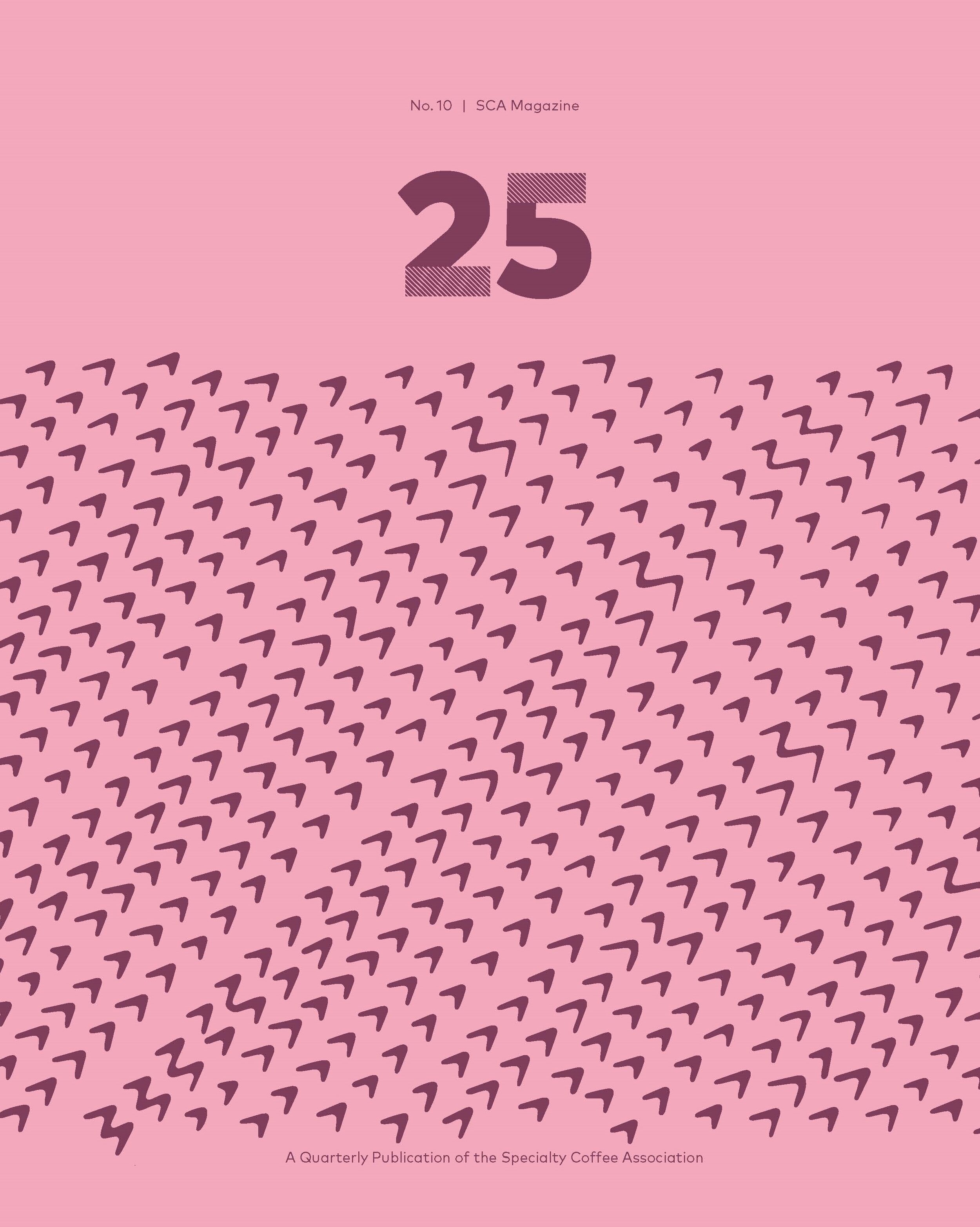
“It’s not easy to know that you are sacrificing your income, that what you are working on is subsidizing the coffee industry.”
It’s no secret that young people living in Marsella Risaralda have migrated to other cities in search of better opportunities – if coffee farming doesn’t provide guarantees of economic stability for small producers, coffee picking certainly won’t.
Forces of disruption in agricultural supply chains – intensifying production demands, accelerating climate change, an urbanizing labor force – have led to marginal incomes at the production level for both farmers and farmworkers, but the latter remain largely hidden in coffee price discourse.
SOPHIA JIYUAN ZHANG and FLORAC DE BRUYN share research findings amassed during a four-year research collaboration focused on creating a better understanding of the impact of post-harvest coffee processing on coffee quality across different geographic locations.
VICENTE PARTIDA sat down with development economist and SCA Board Member VERA ESPINDOLA RAFAEL to learn more about the preliminary results of a forthcoming research project challenging the industry to rethink the pervasive export-oriented approach to coffee growing.
If “sustainability” became the buzzword of specialty coffee towards the end of the twentieth century, then “resilience” is fast on its way towards earning the title in the twenty-first.
An unrecoverable coffee addict, I’ve been traveling to Ukraine since 2009 when I moved to Kyiv for work with the European Commission.
Si la «sostenibilidad» se convirtió en la palabra de moda dentro del café de especialidad hacia finales del siglo XX, parece que el término «resiliencia» va camino de tomar su relevo en este siglo XXI.
VICENTE PARTIDA se sentó a charlar con VERA ESPINDOLA RAFAEL, economista de desarrollo y miembro del Consejo de la SCA para conocer más cosas acerca de los resultados preliminares de un inminente proyecto de investigación que desafía a la industria a replantearse el enfoque generalizado hacia la exportación que tiene el cultivo de café.
SOPHIA JIYUAN ZHANG y FLORAC DE BRUYN comparten los descubrimientos hechos durante su investigaciones conjunta de cuatro años centrada en la creación de un mejor entendimiento del impacto del procesamiento del café posterior a la cosecha sobre la calidad del café a lo largo de diferentes zonas geográficas.
Las fuerzas de disrupción existentes en las cadenas de suministro agrícolas – las demandas de producción cada vez más exigentes, el acuciante cambio climático, una mano de obra que emigra a zonas urbanas – han hecho que el nivel de ingresos tanto para agricultores como para trabajadores de sus tierras sea marginal a nivel de producción, si bien los segundos se omiten en el discurso sobre los precios del café.
Issue 9
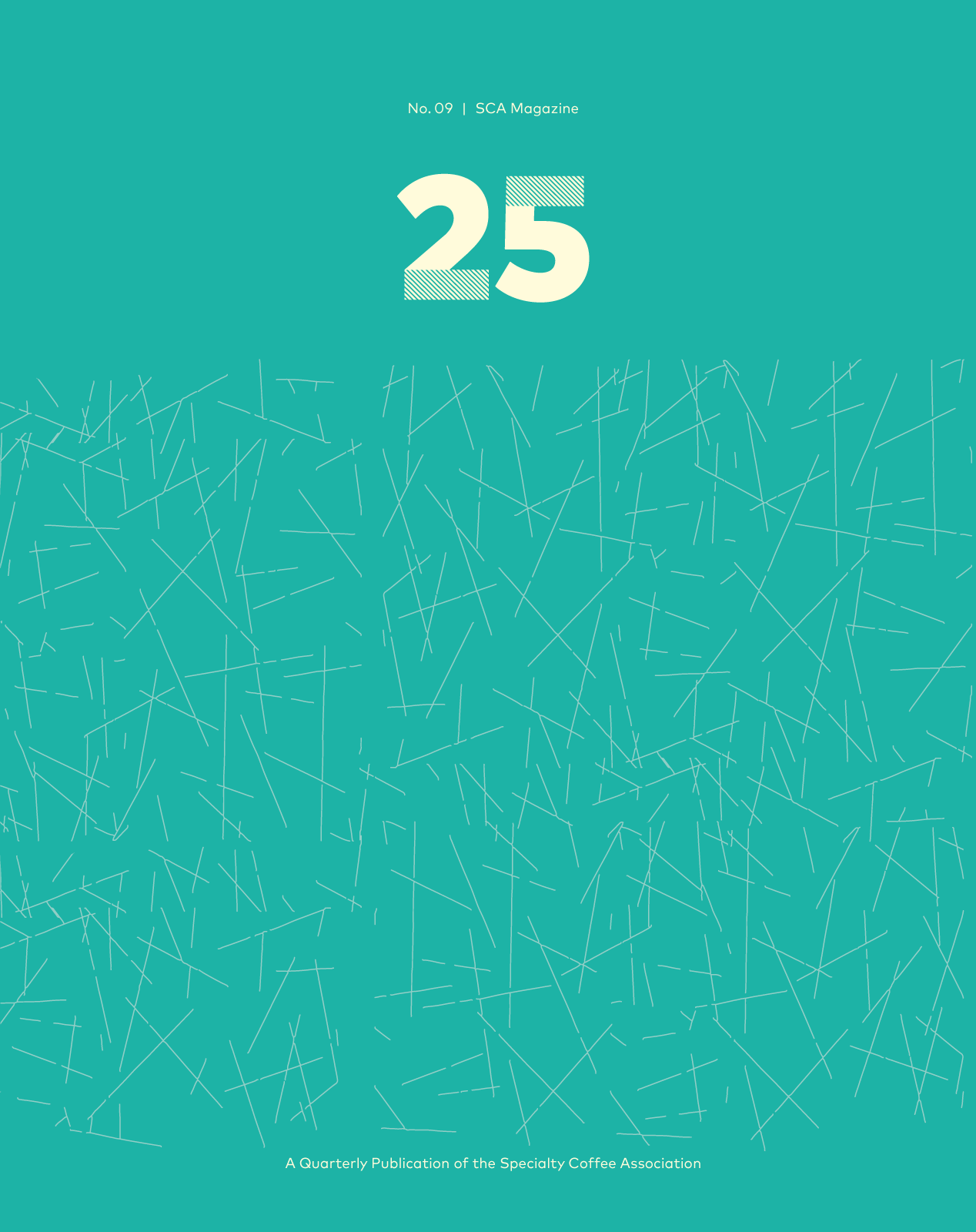
While the global demand for coffee is steadily increasing, climate change and other threats are posing significant challenges to the future of coffee production. STEPHANIE ALCALA explores the current state of genetic diversity and how we can create climate resilient crops, as she shares some highlights from her research project investigating the genetic composition of the beloved Panamanian Geisha.
Pure water is a thing of ephemerality – outside of a lab in nature or civilization, water is never by itself. MARCO WELLINGER of ZHAW (Wädenswil, Switzerland) explains why alkalinity is more important than pH and why you should adjust your water recipes to your beverage ratio and extraction method.
Until recently, Paris was renowned more for its cafés than the quality of its coffee, but the past decade has seen the city experience a growing wave of specialty coffee shop openings. NOA BERGER traces how French cafés and roasters navigate the “glocalization” of specialty coffee. All photos by Albin Durand for La Fontaine de Belleville.
This year, South Korea's Jooyeon Jeon was crowned the 20th World Barista Champion at the World Coffee Championships in Boston. KELSEY KUDAK traces the evolution of the global competition and its impact on the specialty coffee industry over the past 20 years.
Great coffee is often given distinction through great design. In an increasingly crowded specialty coffee retail market, great design also serves an important function in distinguishing one product from another.
Issue 8
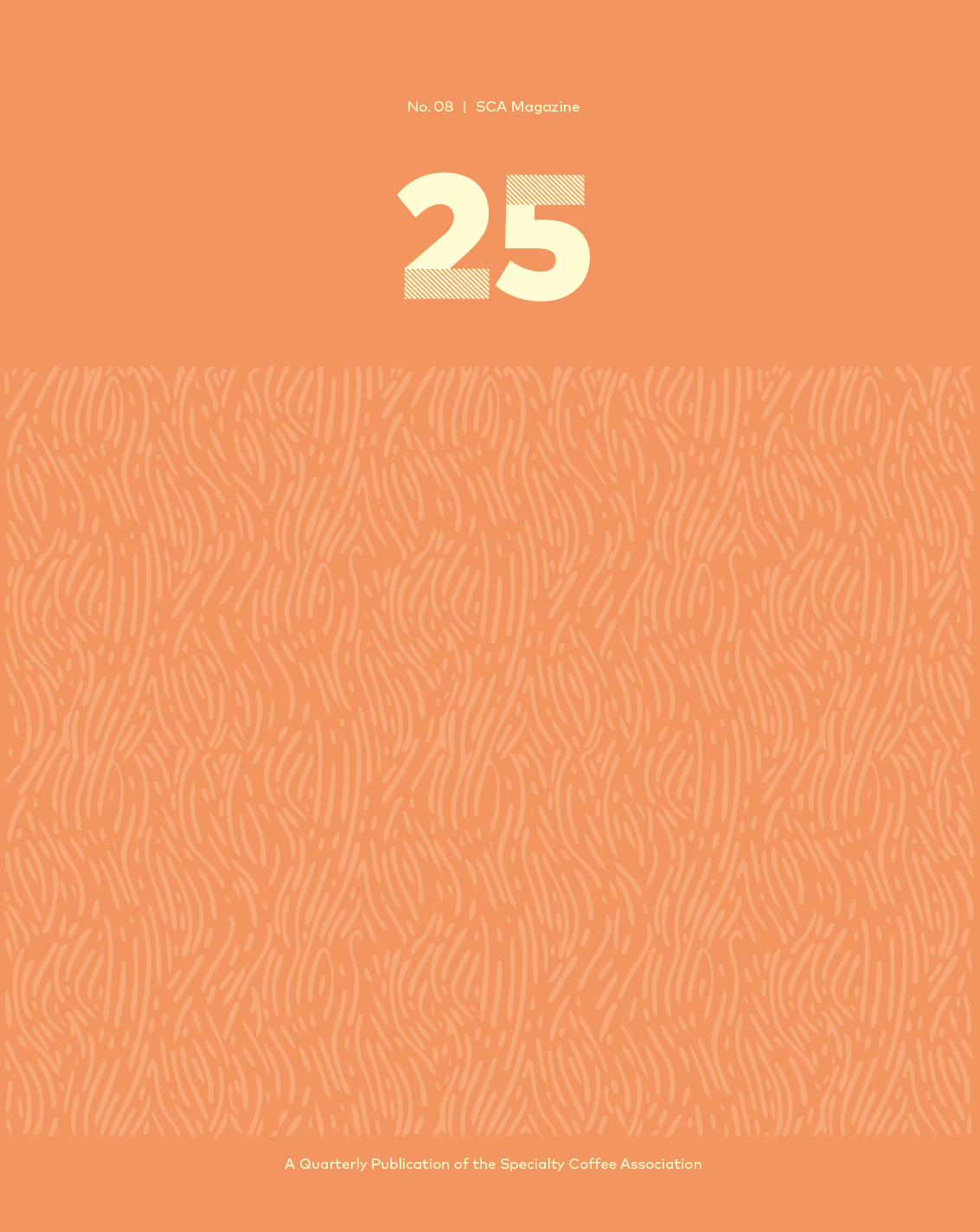
LEAD Scholar SMAYAH UWAJENEZA reflects on her personal experience working as a specialty coffee professional in Kigali, Rwanda in a 25 Magazine online exclusive.
One of the most reliable ways of starting a passionate argument, at least in a room filled with coffee aficionados, is to ask a simple question: What is the best shape for a drip brew filter basket? Postdoctoral fellow Dr. SCOTT FROST, Professor JEAN-XAVIER GUINARD, and Professor WILLIAM D. RISTENPART share early results of an ongoing research project in partnership with the SCA and Breville Corporation.
When you hear the words “inclusive or accessible,” what images come to mind first? HOBY WEDLER and TREY MALONE explore a broader understanding and application of inclusive design practice and how it stands to benefit the specialty coffee industry.
Issue 08 sponsor BELLWETHER COFFEE shares its approach to maintaining an inclusive mindset.
The SCA’s Executive Director YANNIS APOSTOLOPOULOS shares the outcomes from the organization alignment meeting that took place in Madrid this past January.
Beginning September 2018, the SCA's Research Center partnered with Square to release the 2018 Square Coffee Reports, a series of five reports highlighting interesting insights and trends in coffee consumption. SARA VERA shares a first look at the aggregate comparative results.
In September 2018, Rick Peyser traveled to Bali for a two-day coffee conference known as Temu Kopi, an annual gathering that brings together Indonesian farmers, roasters, retailers, and exporters.
Desde principios de 2018, el Centro de Investigaciones de la SCA colabora con Square en la publicación de los informes Square Coffee Reports de 2018, una serie de cinco informes que resaltan unas interesantes perspectivas y tendencias en el consumo del café.
El Dr JOSEPH KING explora el papel del café de especialidad a través de dos casos prácticos en los que reinan problemas de desarrollo y conflictos, como son los de Ruanda y el Congo oriental.
Issue 7
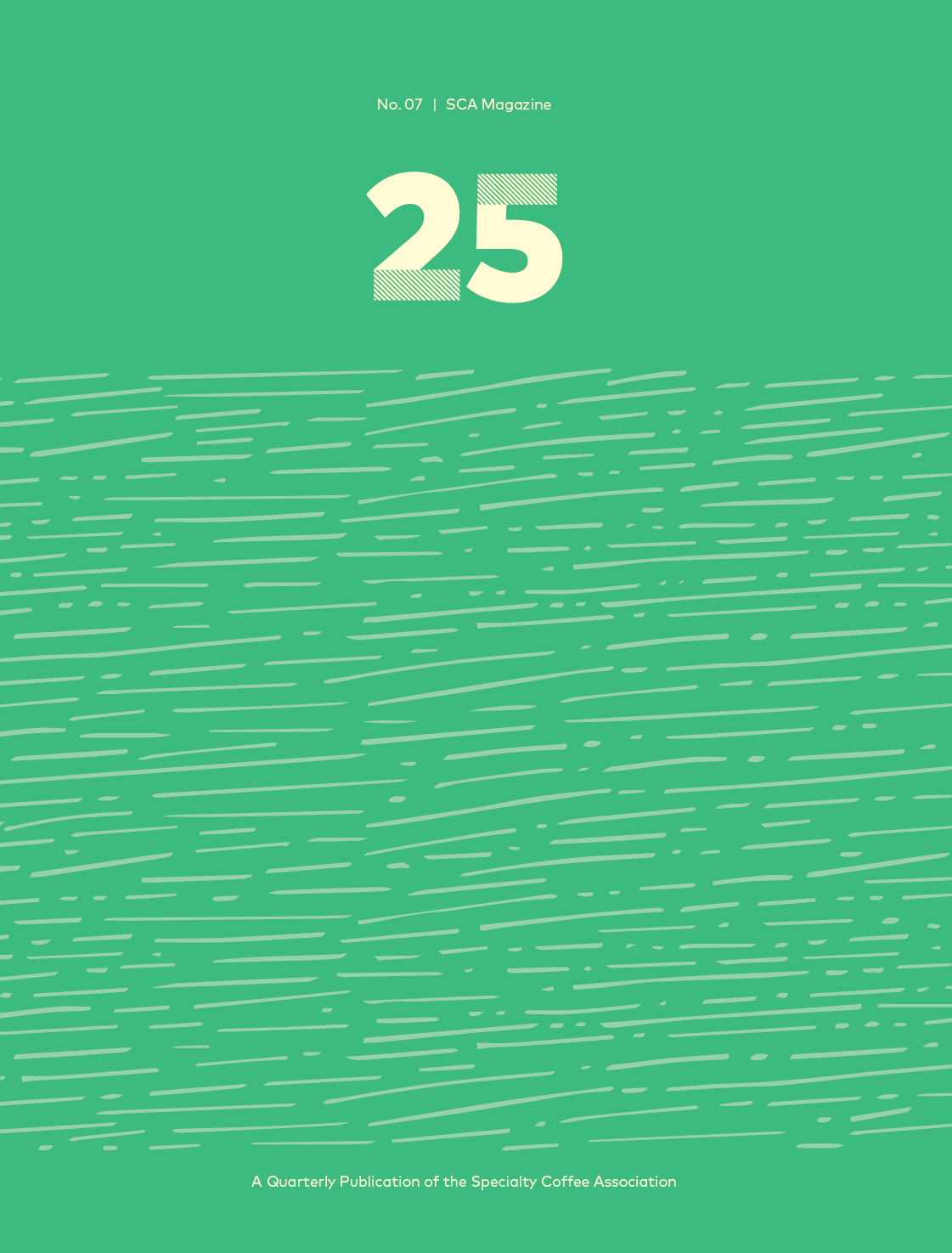
The SCA’s FARMER PROFITABILITY AND PROSPERITY WORKING GROUP, led here in writing by CHAD TREWICK, examines the possible impact persistently low coffee commodity market pricing will have on the specialty coffee supply chain in Issue 07 of 25 Magazine.
JANINA GRABS examines the market actions which led to historic coffee price lows in August and September in Issue 07 of 25 Magazine.
When major brands moved their apparel construction and printing business overseas shortly following the signing of the North America Federal Trade Agreement (NAFTA) in January 1994, it spurred a new business philosophy at T-shirt screen-printing company TS Designs: people, planet, and profits.
My first visit to Abu Dhabi city was in 2012: it was a quick visit, and I have to confess my point of interest was Yas Island, home of the world’s only Ferrari theme park.
When KIM ELENA IONESCU first called PETER MBATURE, it was to see if he would be willing to contribute to a story on young coffee-producing professionals in Issue 6. It quickly became an ongoing conversation about the future of coffee farming, some of which they share here in Issue 7 of 25 Magazine.
JANINA GRABS examina las acciones del mercado que han llevado a alcanzar unos mínimos históricos en el precio del café en la edición 07 correspondiente a los meses de agosto y septiembre de la revista 25 Magazine.
Issue 6
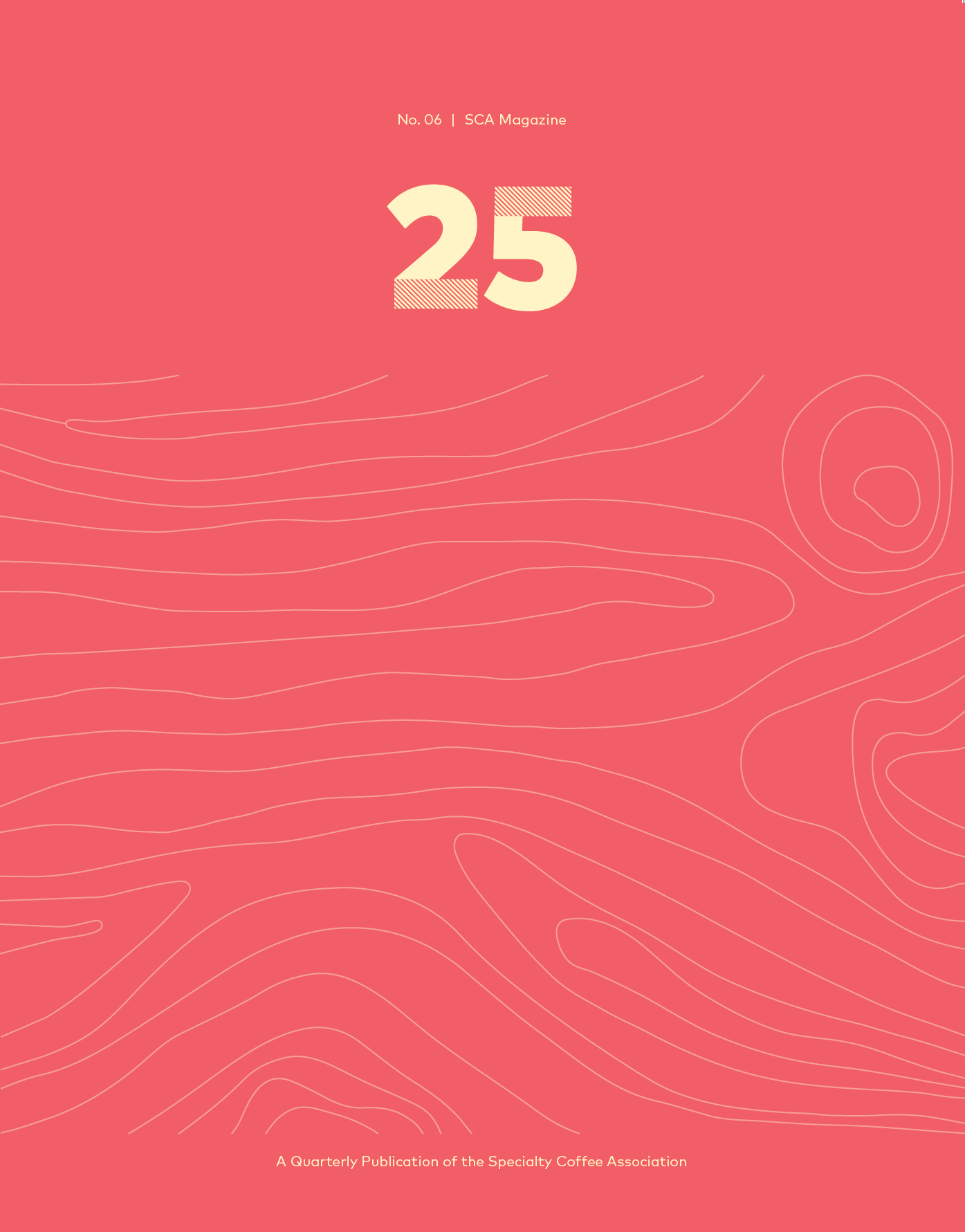
HORTENSIA SOLIS interviewed three young Latin American coffee professionals from three different countries to better understand their perspective on the future of coffee production, the industry’s most pressing challenges, and the steps they’re taking to resolve or otherwise navigate them.
CARLOS HENRIQUE JORGE BRANDO traces the design changes that have brought water-saving demucilagers to the fore of a conversation about sustainability and coffee quality.
Coffee professionals are familiar with the importance of ratios: from brew ratios to espresso-to-milk ratios, we build our businesses around a series of proportions that help us achieve the best possible cup of coffee for our customers.
Despite Sicily’s profound traditional and cultural attachment to coffee, JENN RUGOLO has never harbored any expectation of finding the same concepts applied to coffee. An unexpected encounter – at a traditional bar in a tiny town in the south east of Sicily – made her question those expectations.
MICK WHEELER, past President and former Executive Director of SCAE, reflects on the early days of specialty coffee in Europe and the hurdles a nascent SCAE faced as it sought to build a community-focused organization across geographical and cultural borders.
HORTENSIA SOLIS ha entrevistado a tres jóvenes profesionales del café latinoamericanos de tres países diferentes para poder comprender un poco mejor su perspectiva sobre el futuro de la producción del café, los desafíos más apremiantes de la industria y los pasos que están dando para resolver o al menos afrontarlos.
Issue 5
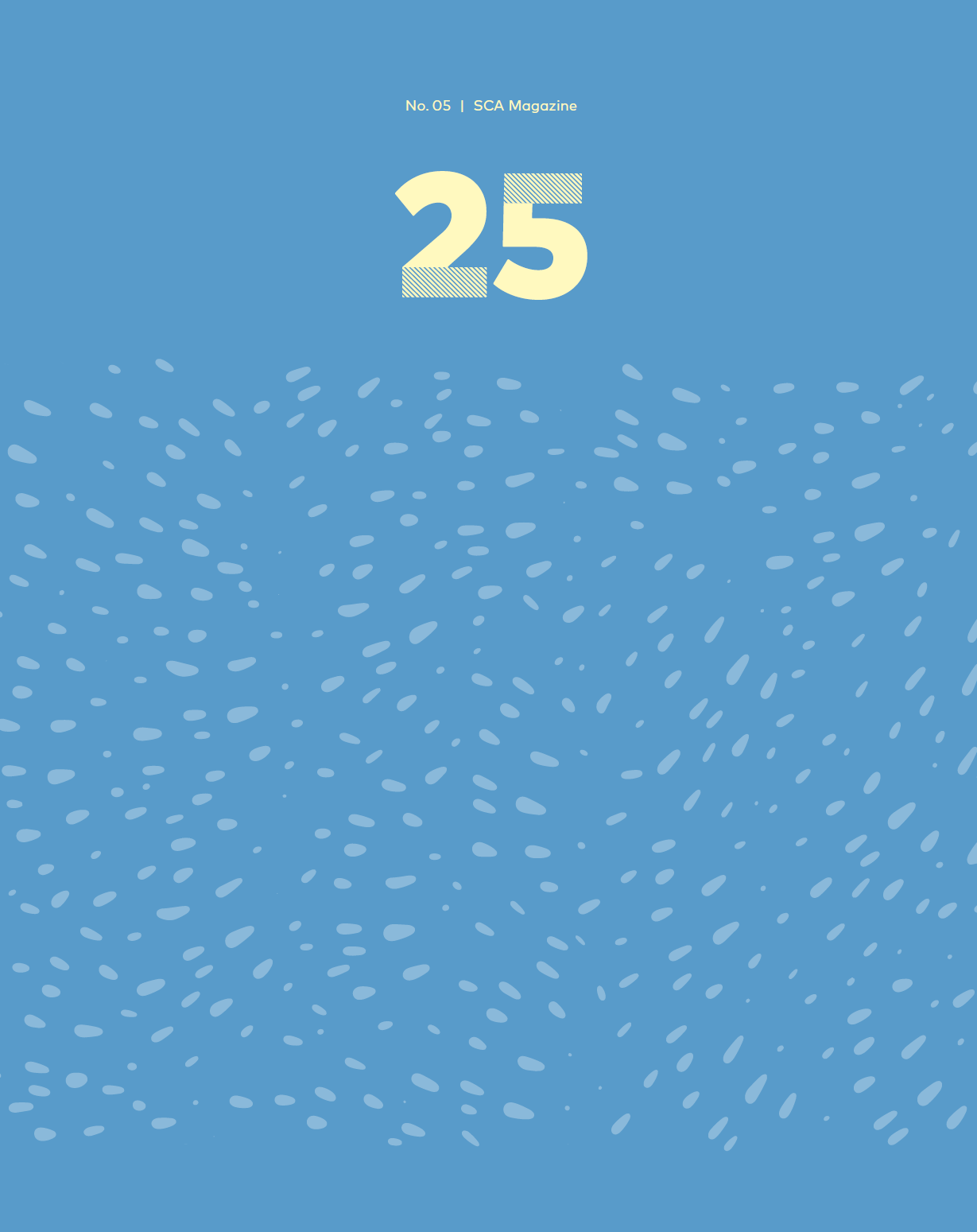
At the April 2017 Re:co Symposium, an annual event hosted by the Specialty Coffee Association, a panel debated the question: are we in a coffee bubble? Panelists DAN MCCLOSKEY and JANICE ANDERSON, using their extensive experience mapping the growth of specialty coffee across the US, offer their perspective on the state of the market in Issue 05 of 25.
JESPER ALSTRUP explores “body” and how roast profile modulations affect the sensory experience of brewed coffee through his research at the University of Copenhagen, supported in part by the Specialty Coffee Association, in Issue 5 of 25 Magazine.
There’s a subset of Mexican-American coffee shops that are quietly emerging in the working-class Latino enclaves of Los Angeles. Together, they are reimagining menus, infusing traditional flavors, and experimenting with ingredients to create single-origin Mexican-inspired coffee drinks rooted in culture.
Perhaps more than ever, coffee shops are putting a massive focus on design: the drive to distinguish a specialty café from the “Central Perk/coffeehouse” vibe of the 1990s is largely being achieved by way of brand, architecture, packaging, and signage.
As a South African fortunate to travel quite extensively, nothing gives me greater joy than coming back home. One of my favorite places to visit from my laid-back, coastal hometown of Durban is the city of Johannesburg.
Issue 4
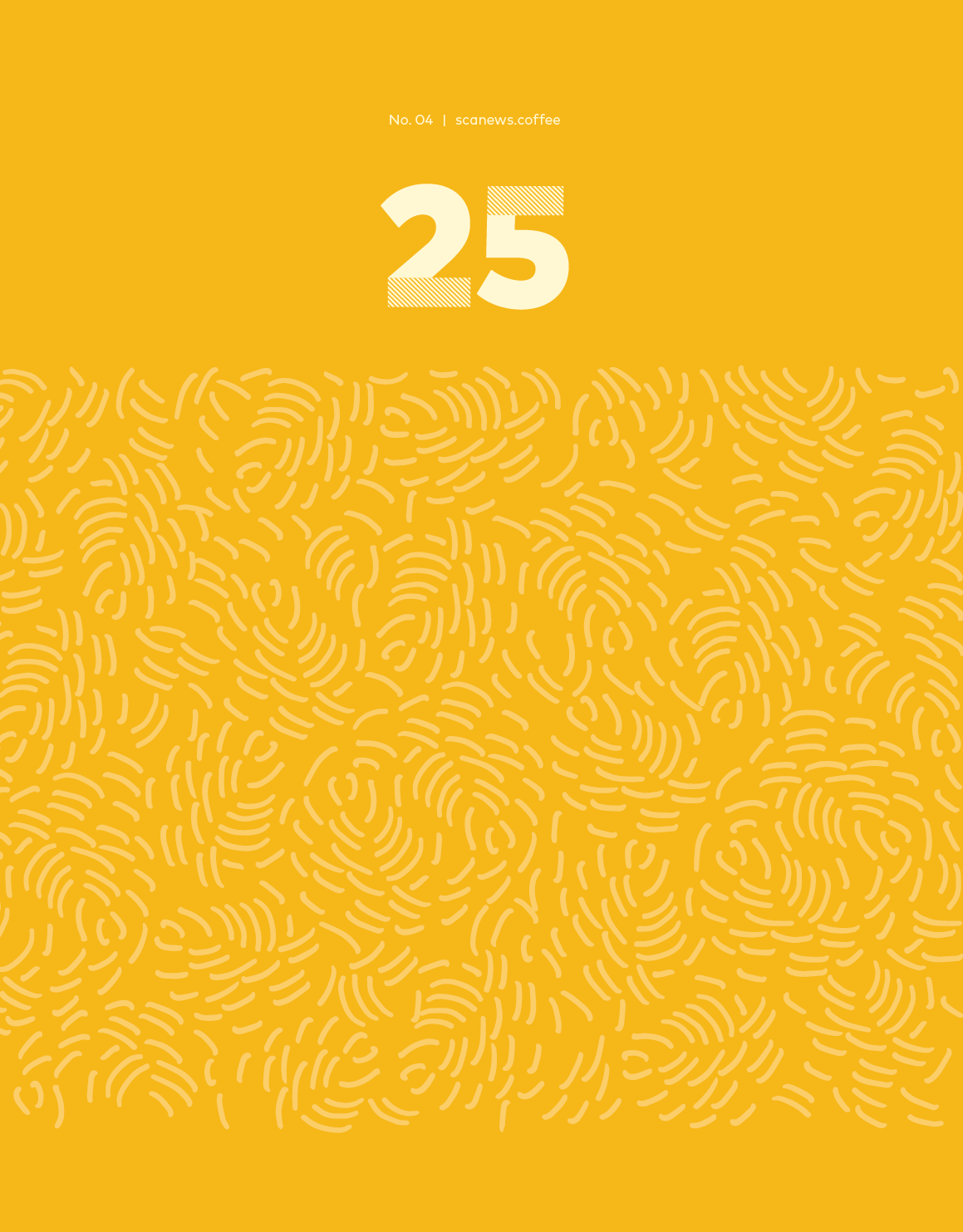
Hay muchas tazas de té que resultan memorables. Para mí, las tazas más memorables son aquellas que cambian tu forma de ver el mundo, las tazas que incitan a la acción y dan forma y sentido a lo que hacemos. Hace más de una década desde que una taza de té verde Pu Erh pusiese en marcha un viaje de investigación en el que me propuse examinar los efectos del cambio climático en la calidad del café.
ANTONY WATSON delves into the findings of a new SCA Handbook which combines scientific research from the laboratory, sensory data from the field, and comment from the industry in Issue 4, 25 Magazine.
There are many memorable cups of tea. For me, the most memorable cups are those that change the way we look at the world, the cups that spur action and shape the direction of what we do. It has been more than a decade since a cup of green Pu-erh drove my research journey to examine the effects of climate change on tea quality.
Coffee is a Muslim beverage which originated in the Middle East. So what, in design terms, has the region bequeathed to global coffee culture? JONATHAN MORRIS takes us on a journey through the annals of coffee vessels in Issue 4 of 25 Magazine.
The Teams Competition has been an exciting evolution in the World Barista Championship. CERIANNE BURY talks to members of the 2017 winning team, Team Tamper, and learns how the competition has helped them grow as baristas in Issue 4 of 25 Magazine.
Ethiopia needs little introduction in terms of coffee. Often quoted as the birthplace of Arabica, and known for its wide range of unique flavor profiles, it regularly ranks among the favorite producing countries for baristas and coffee lovers. But how well do we know this large and diverse origin country? Not that well it turns out – until now.
Issue 3

CHAD TREWICK introduces the main discussion points in the SCA’s Farm Profitability Report in Issue 3 of 25 Magazine.
CHAD TREWICK introduce los puntos principales del informe de la SCA Farm Profitability Report.
¿Qué es lo que hace que los productos alimentarios sean exclusivos de una región, y cómo se protegen desde los países de la UE y el resto del mundo conforme a la ley? RUTH HEGARTY examina los pros y los contras de las indicaciones geográficas.
Over 65 million people around the world have been forced to leave their homes. As levels of displacement reach crisis point, one coffee company in the US is helping refugees settle in their new country by equipping them with the skills needed to become successful baristas.
In an industry as dynamic and progressive as specialty coffee, the only constant is constant change. DAVID FASMAN examines the findings of the 2017 Barista Guild of America Espresso Survey in Issue 3 of 25 Magazine.
MOHAMED NOUH GES, a director of the Somali Coffee Association and advisor to the Somali Ministry of Agriculture, recalls the warm welcome he received on his recent visit to the Central American country in Issue 3 of 25 Magazine.
I am often asked how I, as a business owner who happens to be a woman of color, maneuver an industry where there are few people who look like me. One thing that I have learned through my career in coffee is that progress towards diversity doesn’t often follow a linear path. It is filled with challenges and setbacks. Progress is not always clear and at times doesn’t appear noticeable.
What makes a food product unique to one region, and how do countries in the EU and elsewhere protect them in law? RUTH HEGARTY examines the pros and cons of geographical indications in Issue 3 of 25 Magazine.
Issue 2
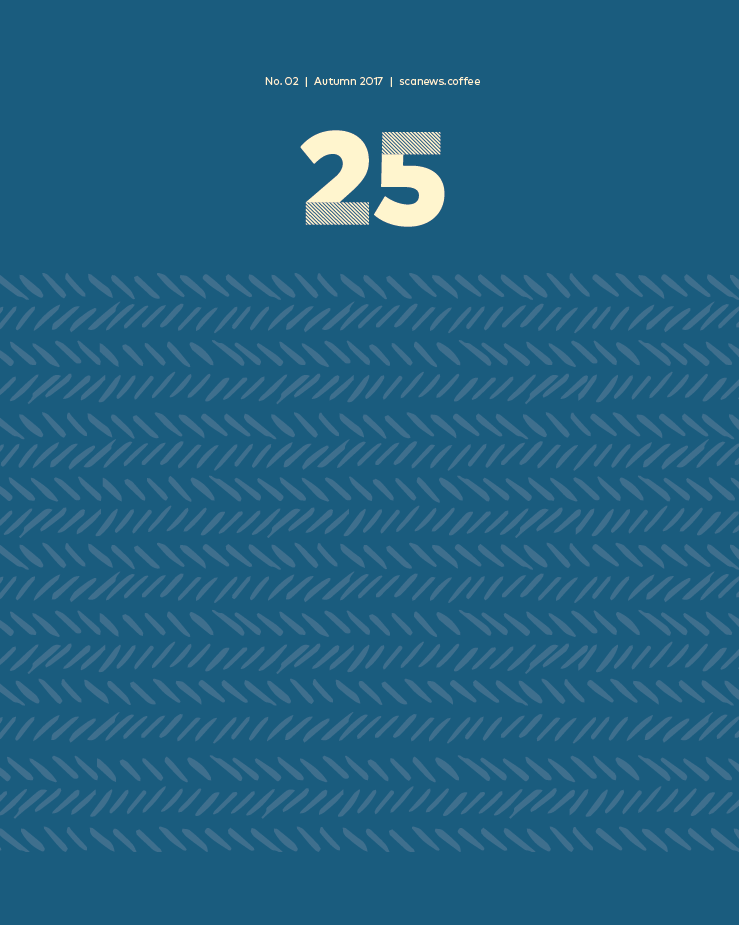
As the Sustainable Sourcing Manager of Taylors of Harrogate and the Sustainability Committee Co-Chair of the British Coffee Association, DR. KRISZTINA SZALAI, has a keen interest in innovative and sustainable products. She interviewed Saxon for Issue 2 of 25 Magazine.
Berg Wu, 2016 World Barista Champion, offers his top tips for a one-day tour of Taichung in Western Taiwan.
Mientras crece la demanda de los granos de Arábica lavado, la producción total sigue estancada desde hace dos décadas, y va perdiendo cuota de mercado en origen. THOMAS COPPLE pregunta: ¿está el café de especialidad en peligro de ser víctima de su propio éxito?
While demand for washed Arabica beans is soaring, total output has remained stagnant for two decades and is now rapidly losing market share at origin. THOMAS COPPLE asks if specialty coffee is in danger of becoming a victim of its own success.
Issue 1
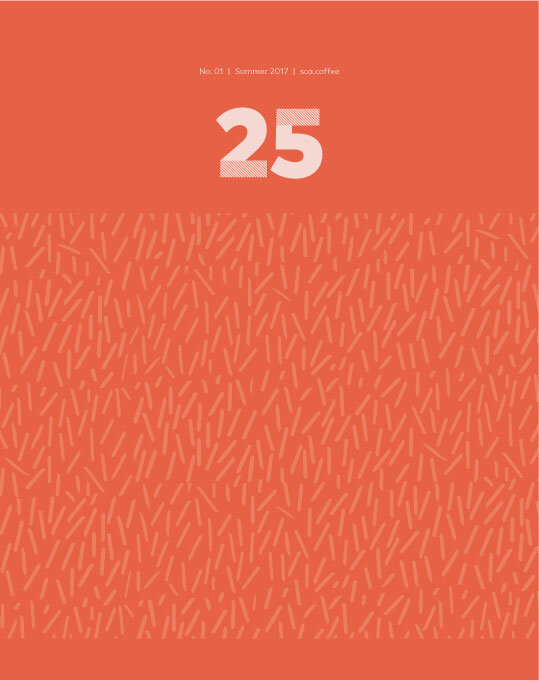
As a talented taster, Q grader, barista trainer, sensory judge, soon-to-be roaster and tireless campaigner for gender equity, Mbula knows a thing or two about coffee. In a quick chat with 25, we asked her about her work in the industry throughout Africa and her outlook on the future of coffee on the continent.
Many of the world’s coffee genebanks are underfunded and under threat, yet the future of coffee depends on protecting these precious genetic resources. So what would a better global conservation system look like in the future and how can the industry support it?
The journey to find this year’s coffee champions began in autumn 2016 when the first of more than 75 competitions was held in Mexico. 25 traces the steps that lead coffee’s top competitors to the world stages of Budapest, Seoul and Guangzhou. The world of competitive coffee is wide.
Within the beer industry, New Zealand is heralded as one of the great hop growing nations. The new world varieties of hop it produces are typically big in both flavor and aroma with most varieties grown in the Nelson region at the North of the South Island.













































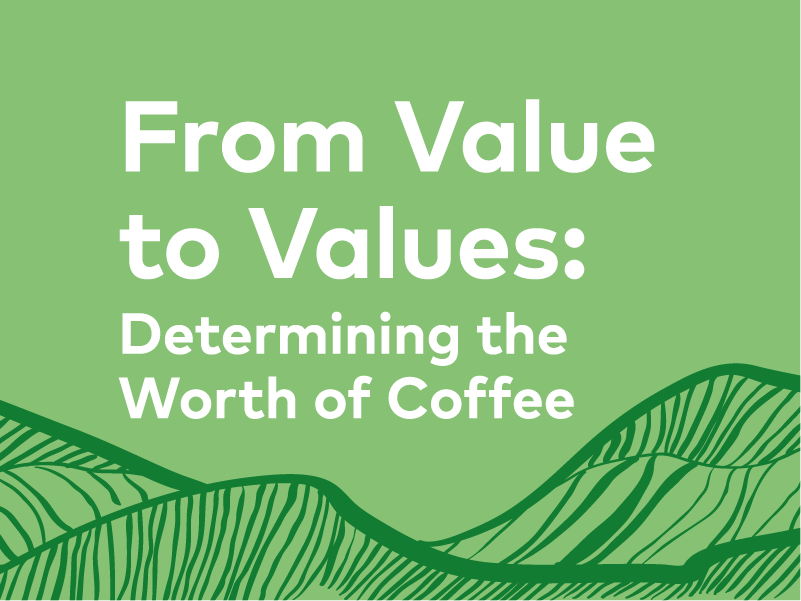




















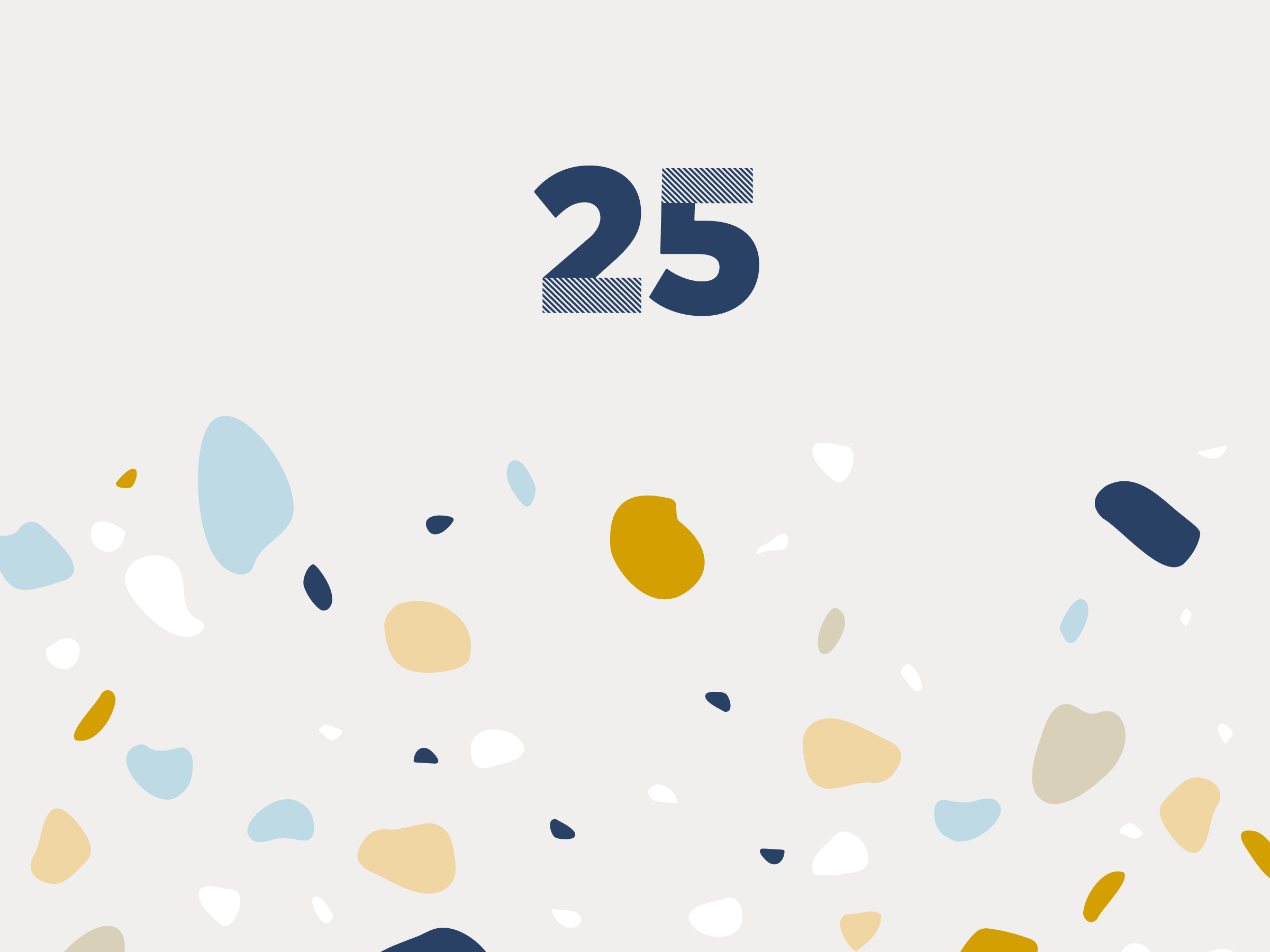

























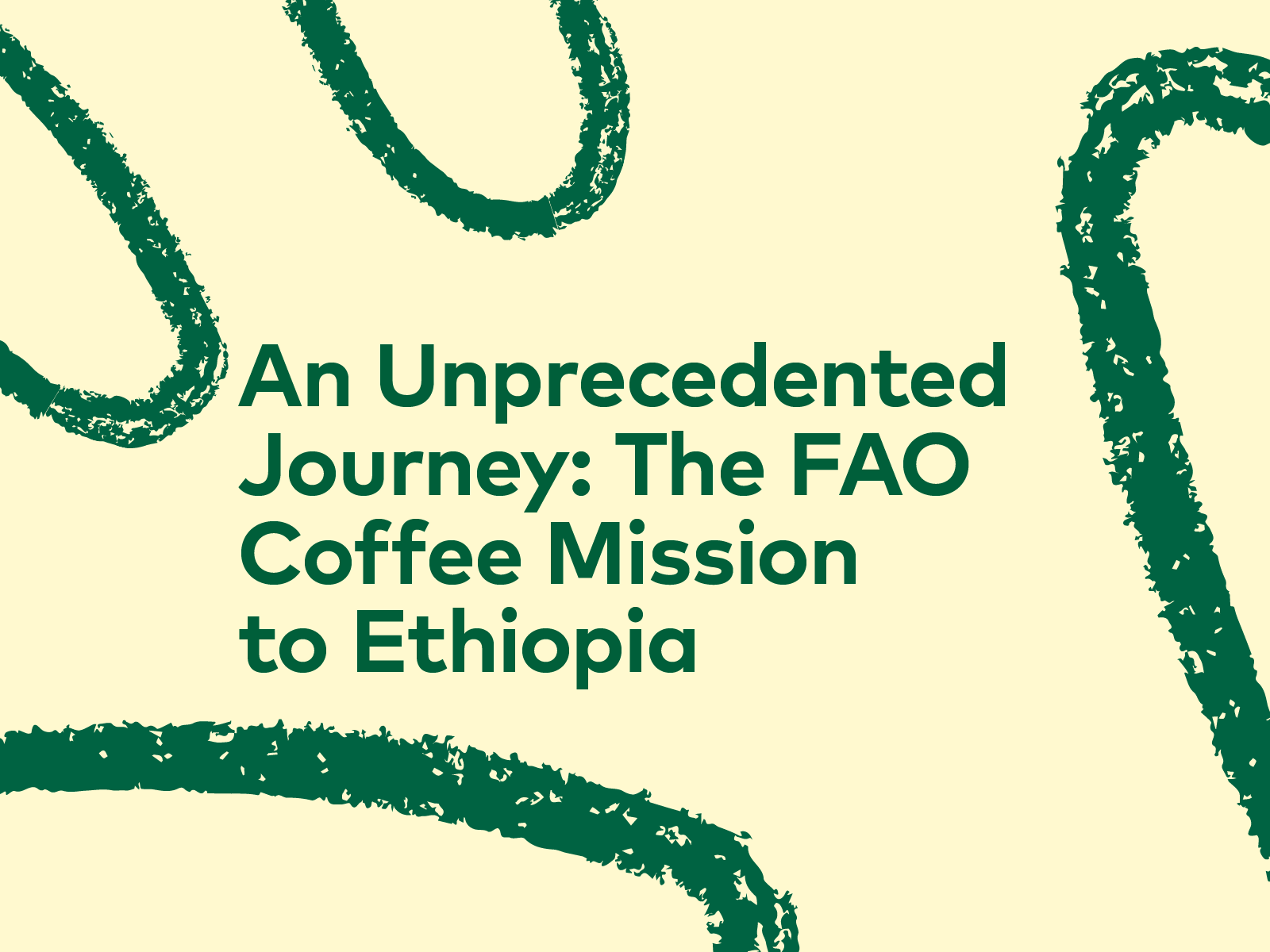









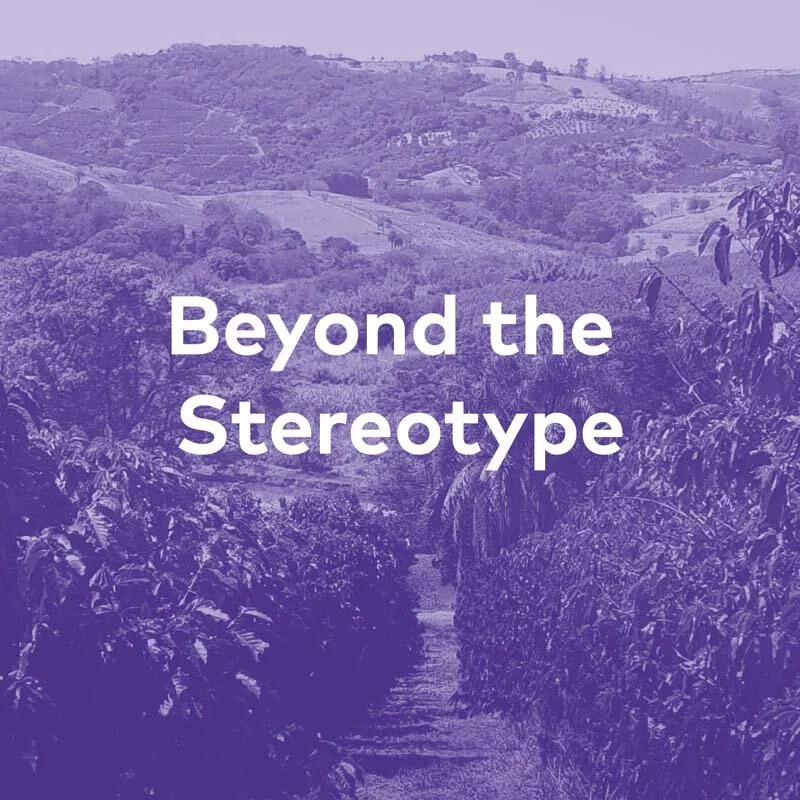

























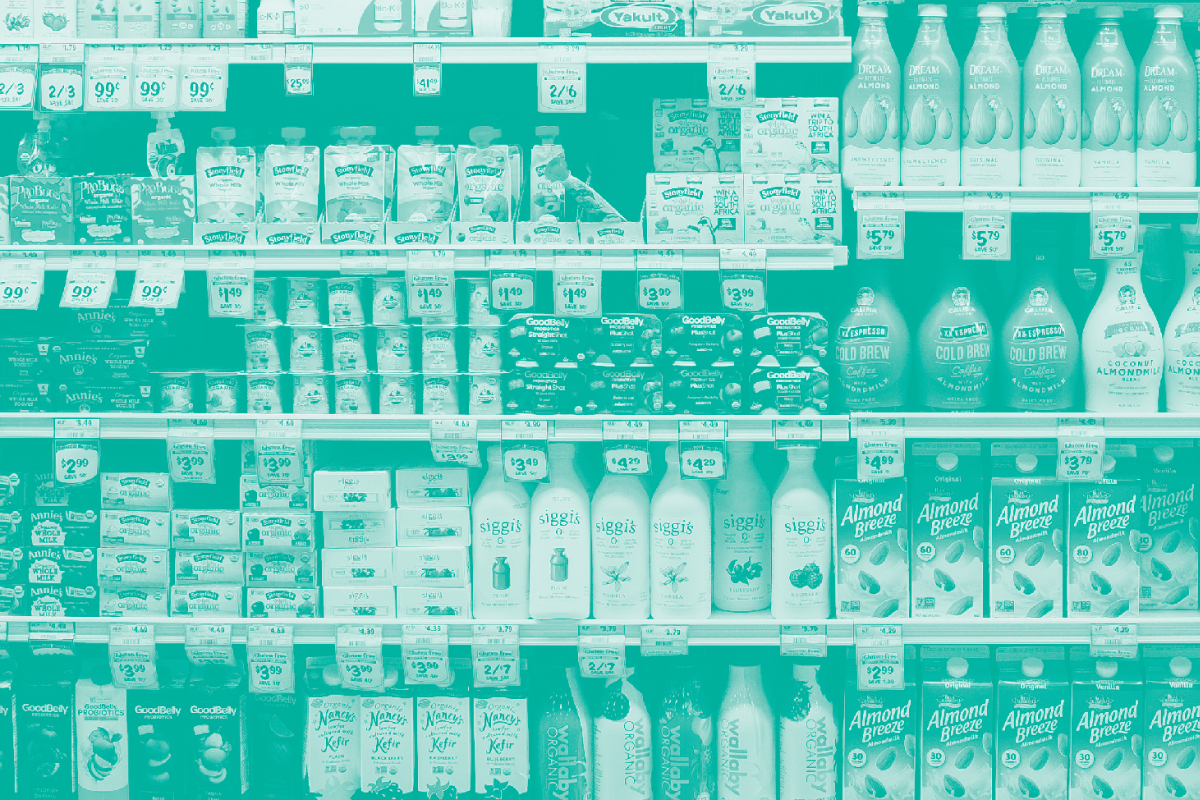








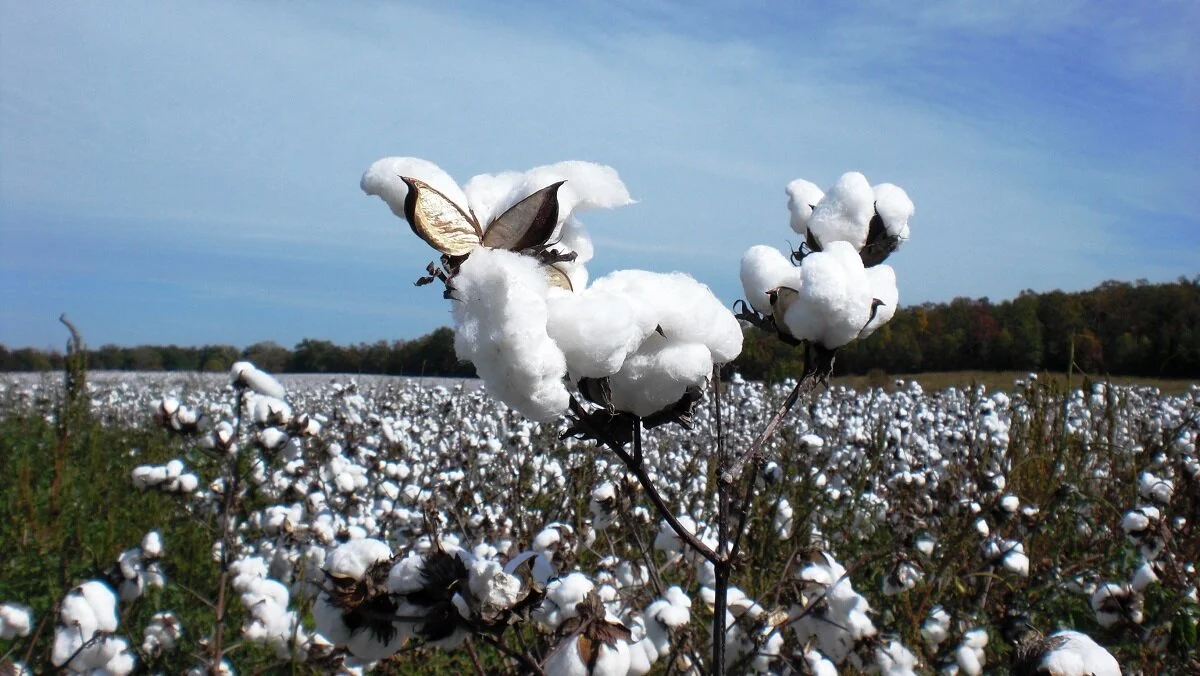

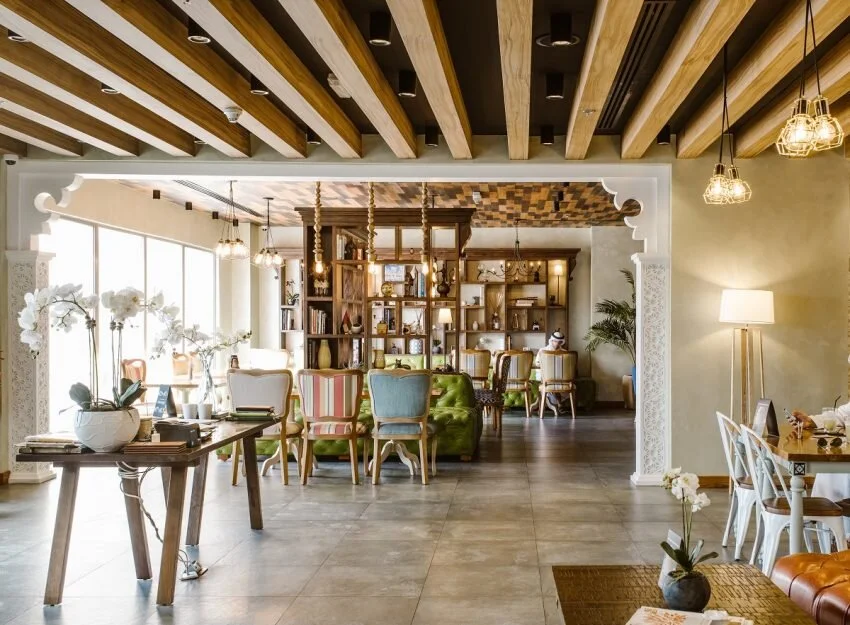


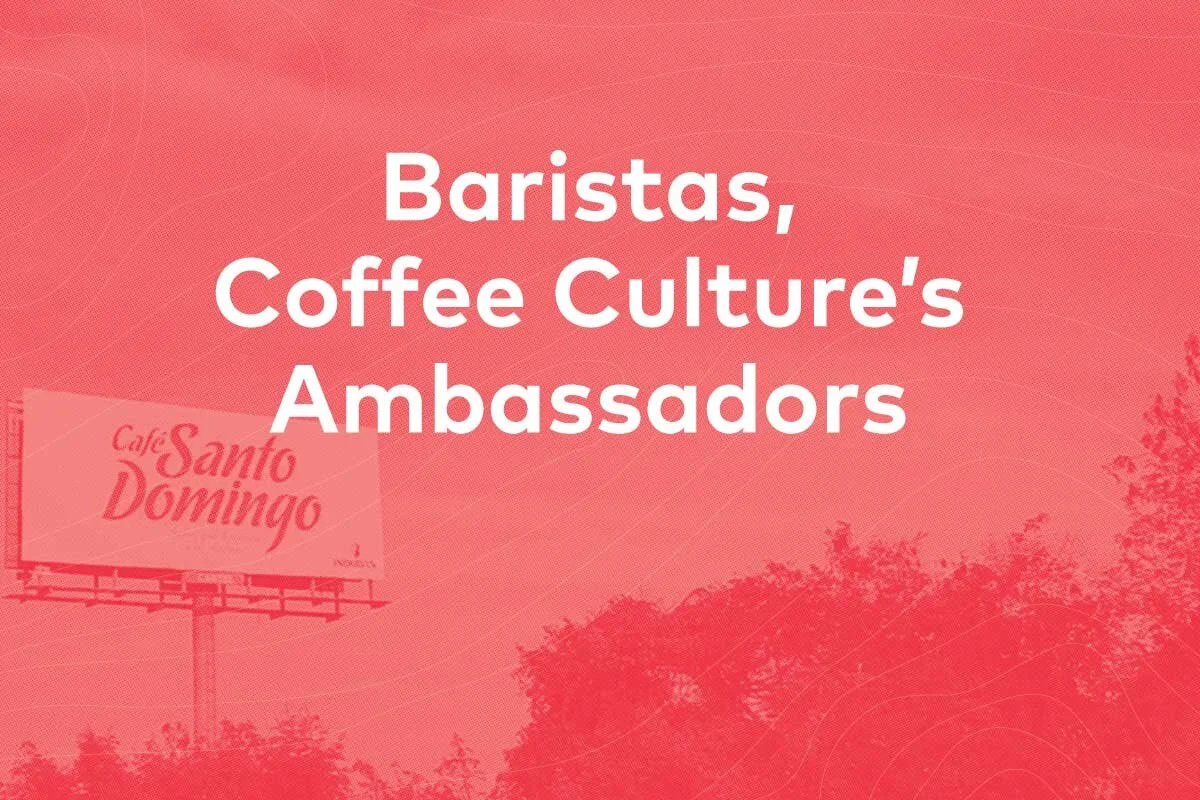
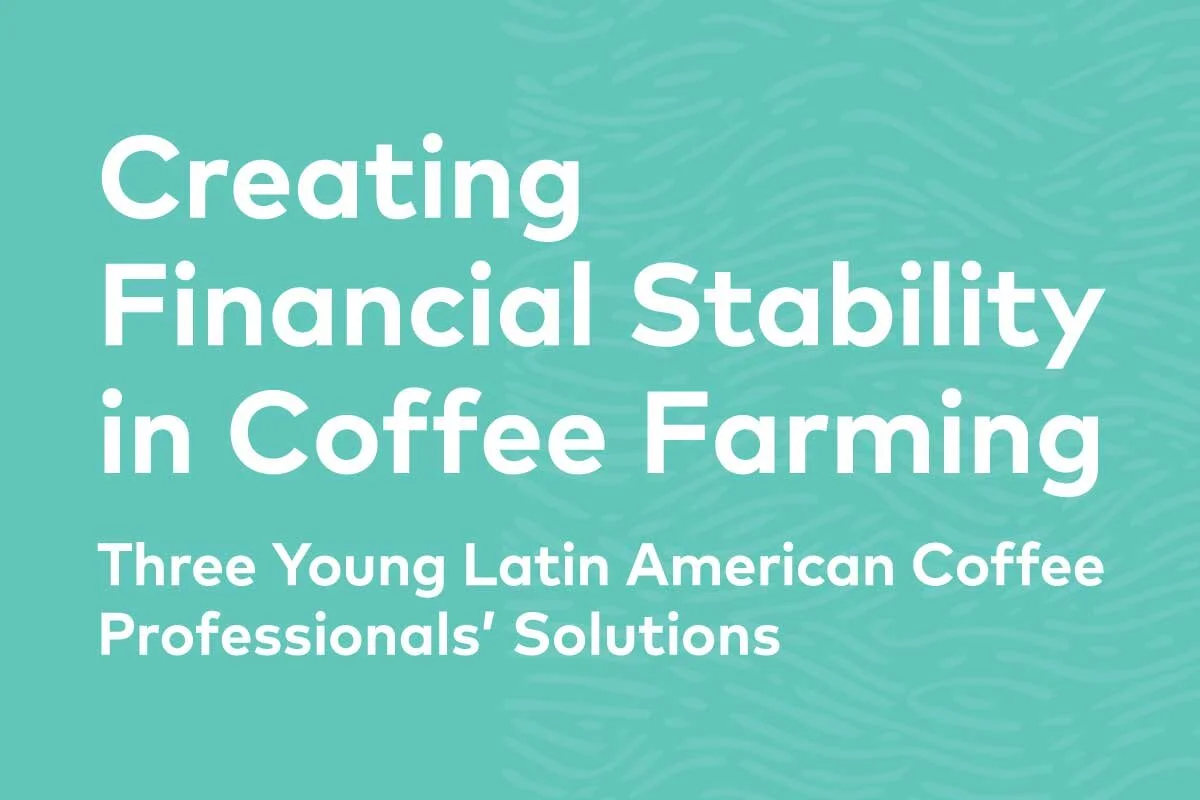
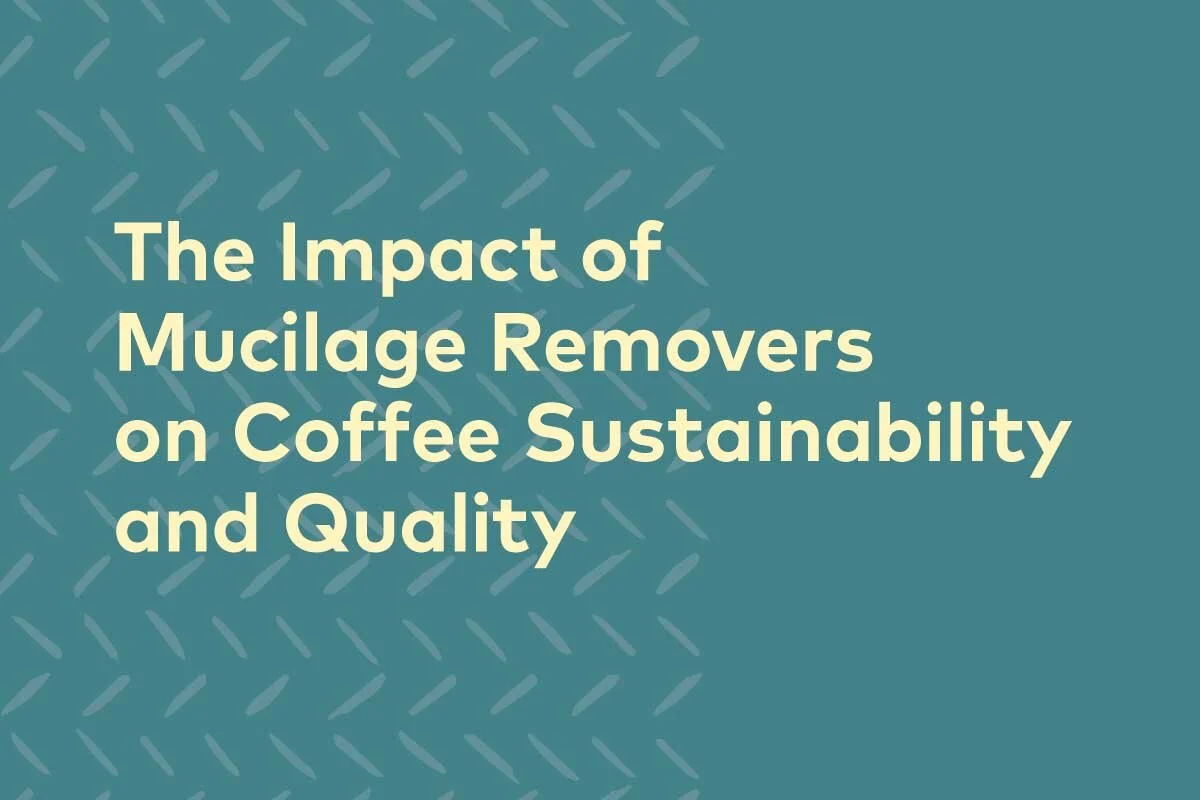







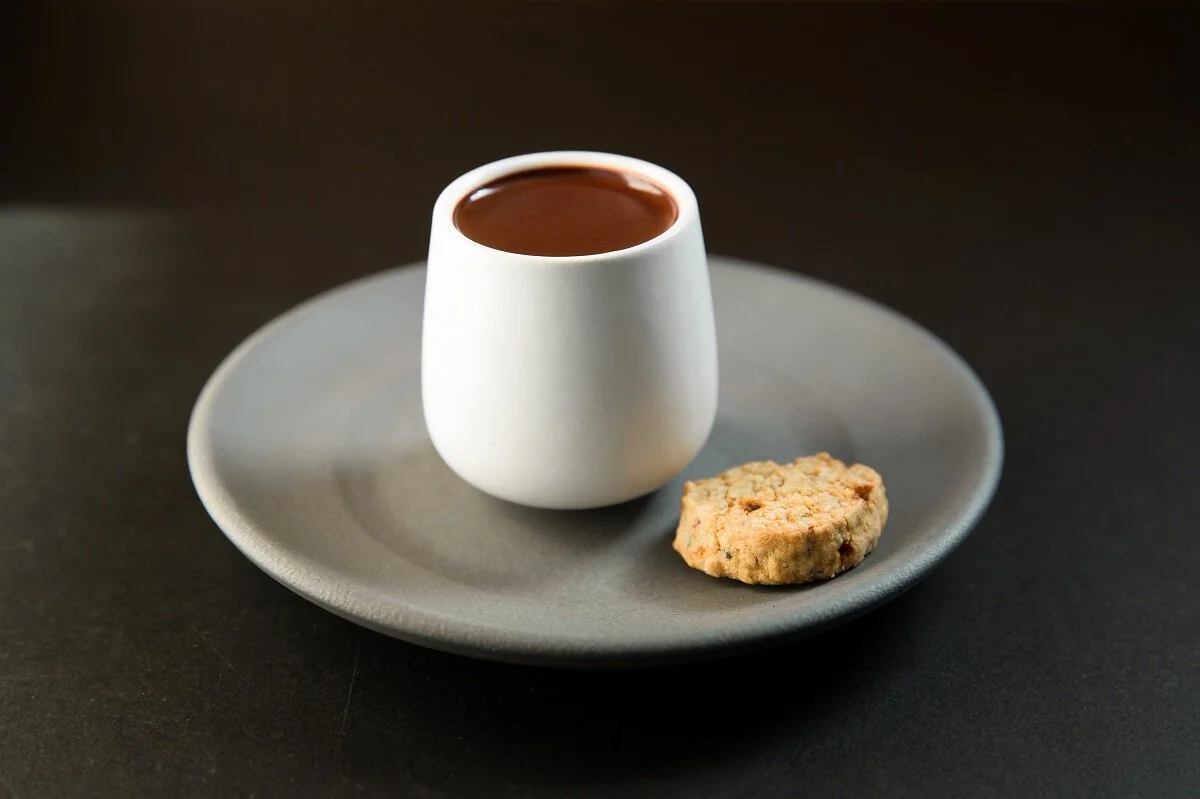
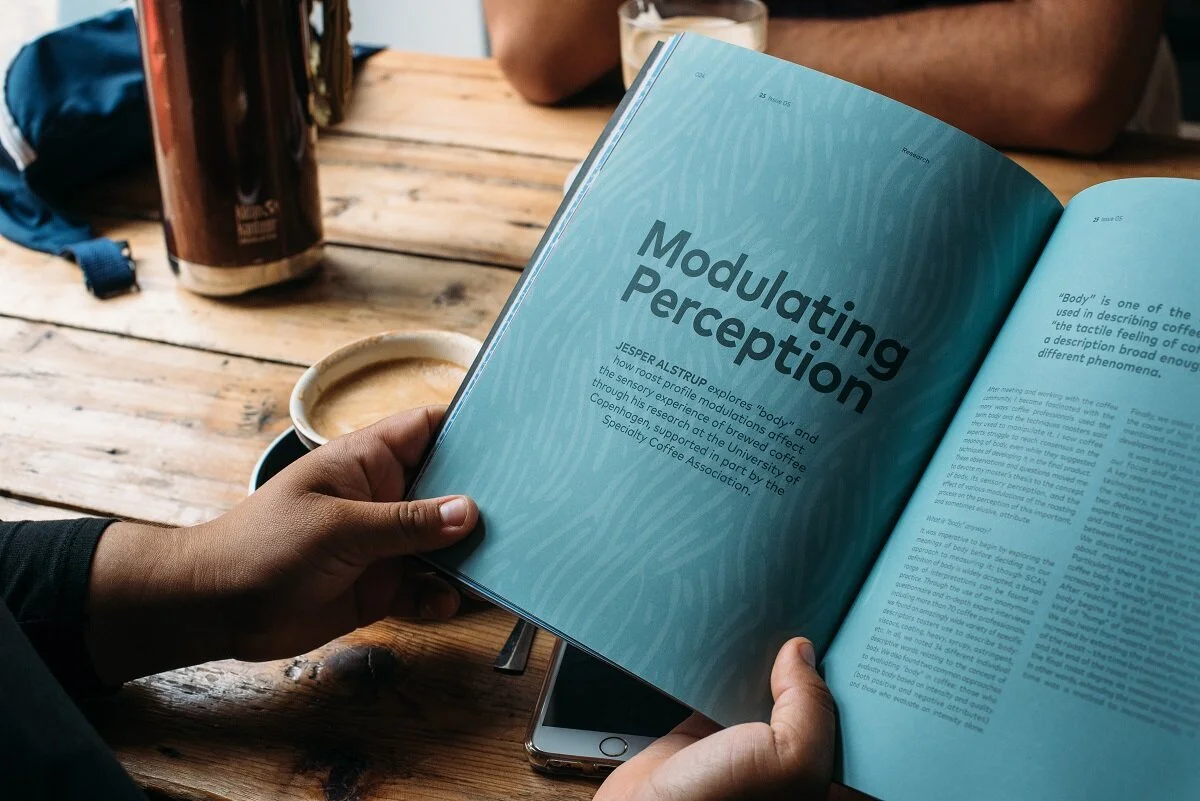

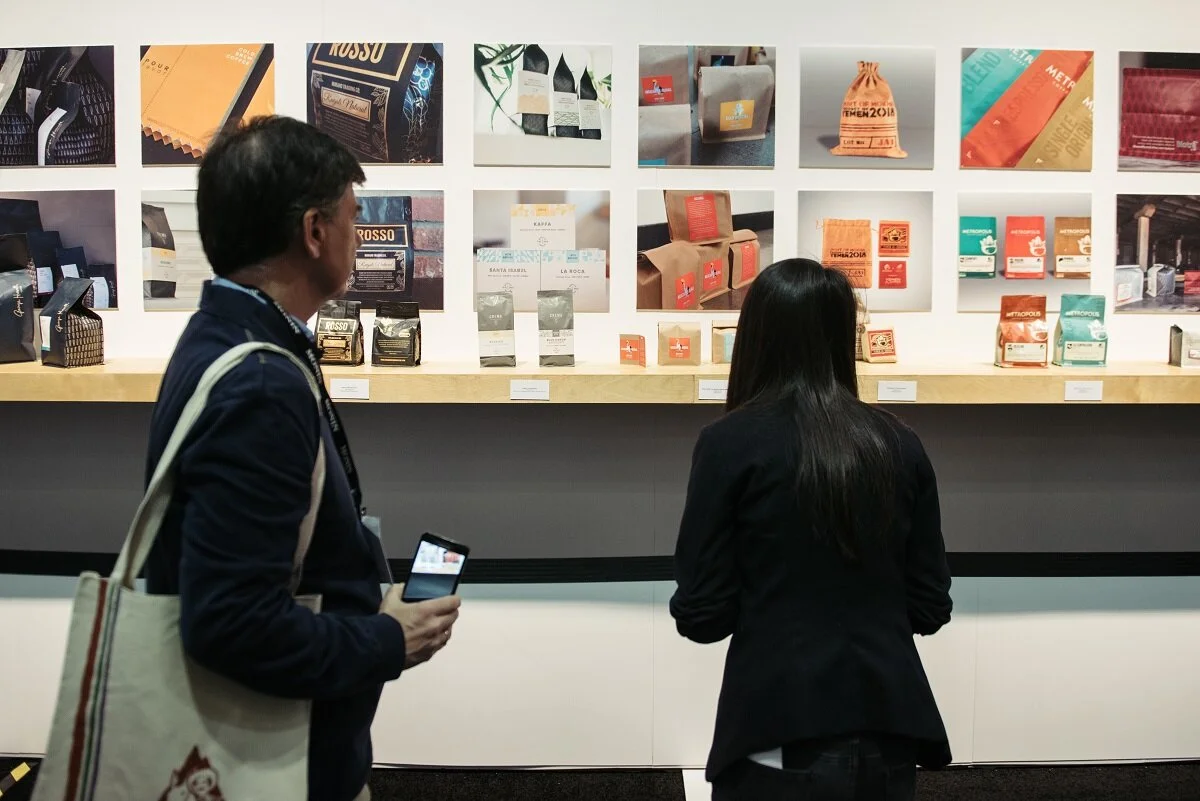

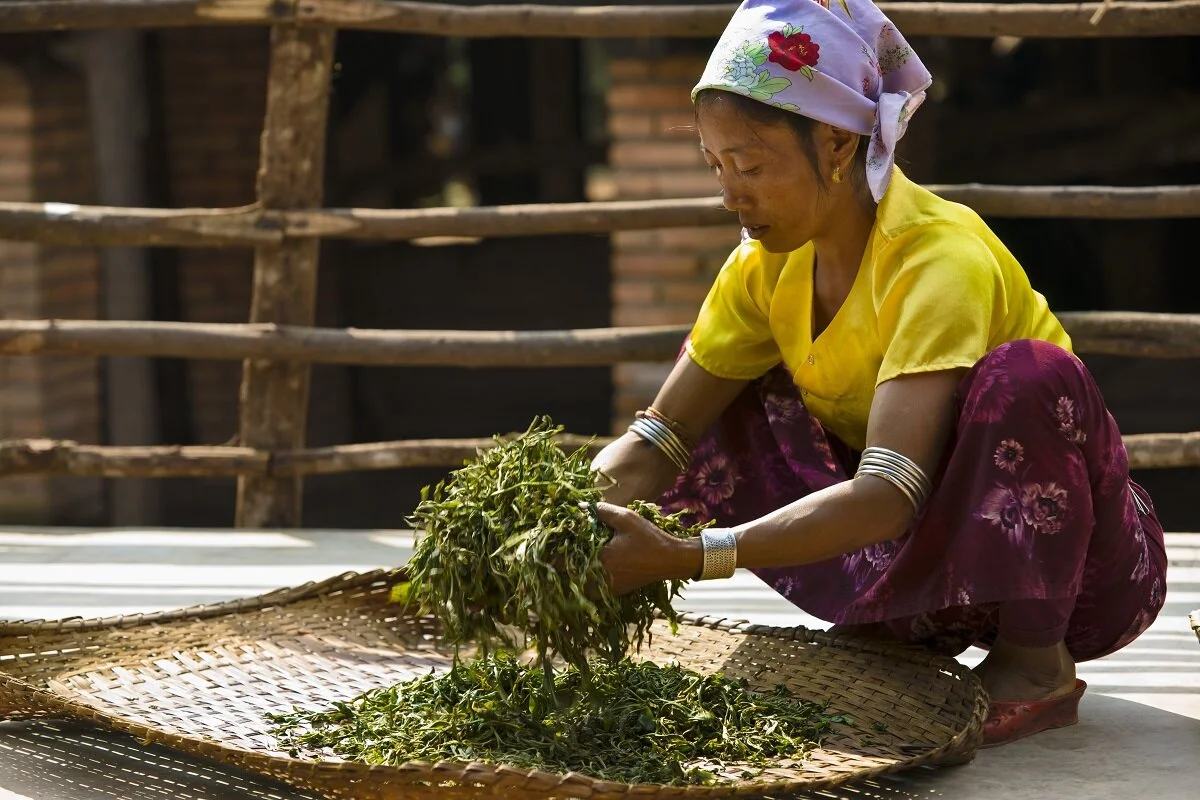













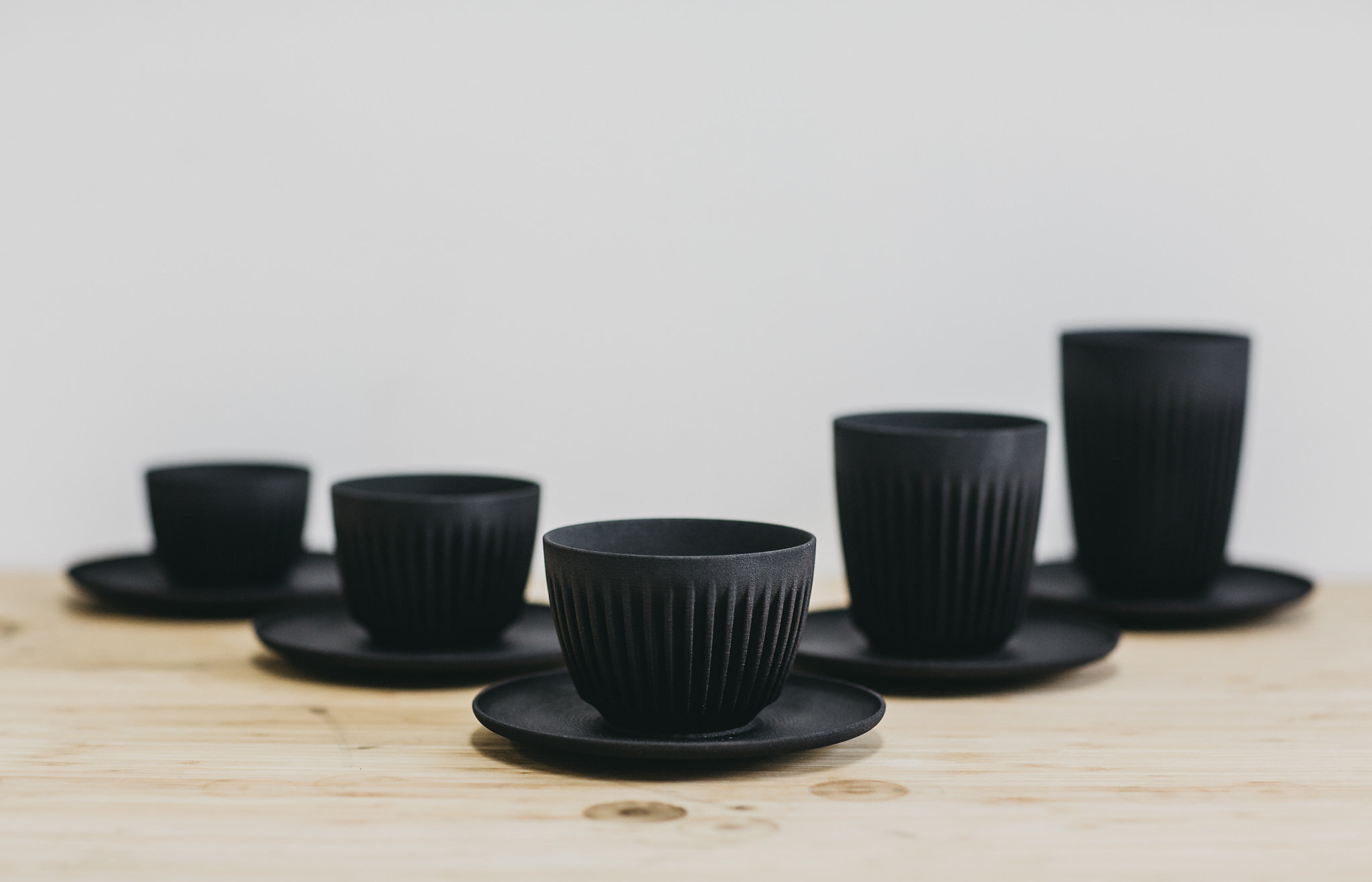









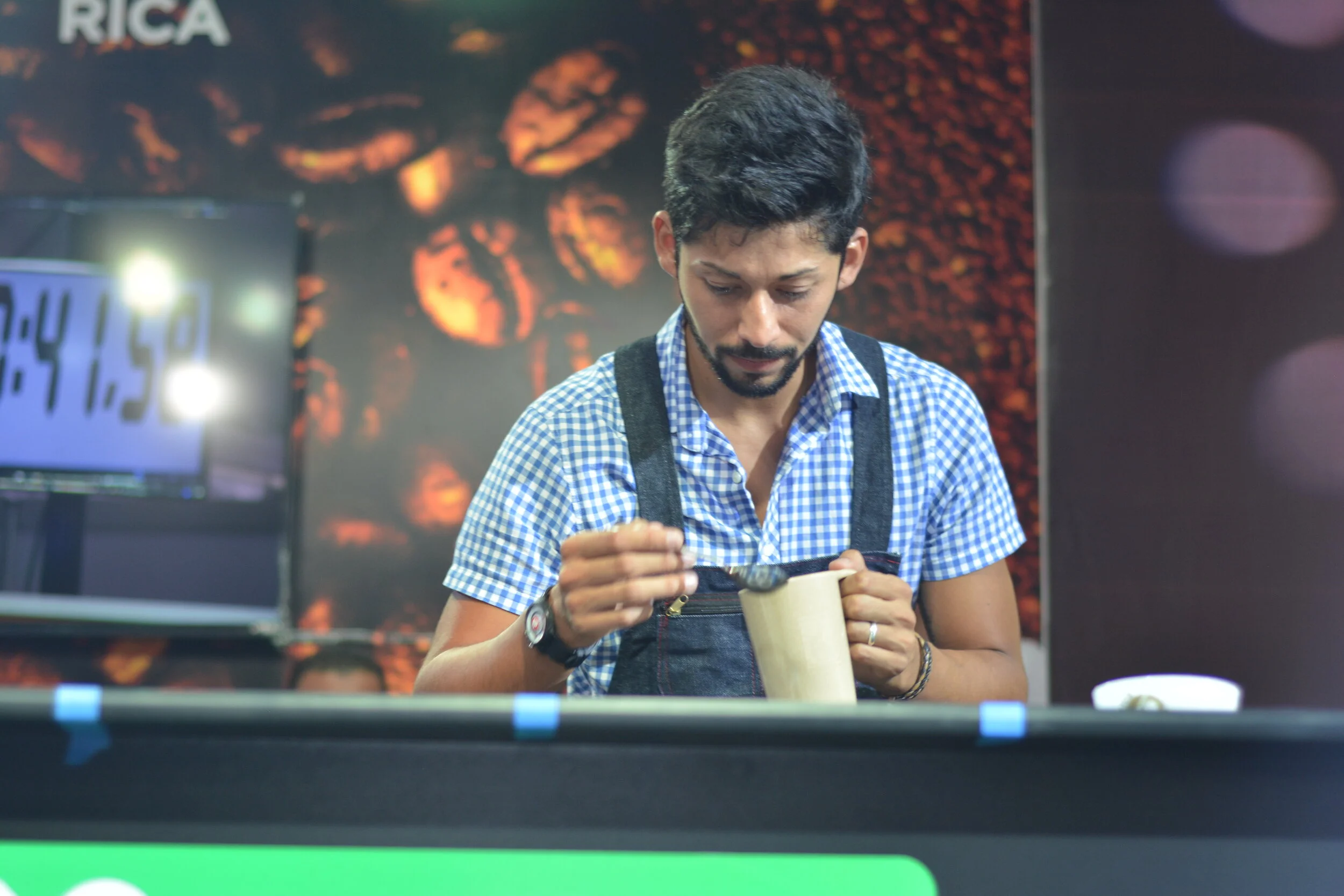

Peru is arguably specialty coffee’s best-kept secret. Despite producing some of the planet’s most mouthwateringly delicious coffees, outside of a small subsection of the industry it rarely receives the recognition it deserves. That changed in September when, after nearly seven years of planning, Cup of Excellence arrived in Lima.